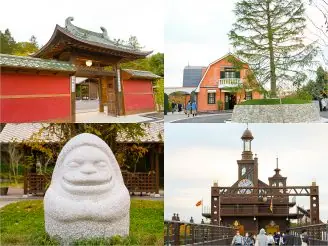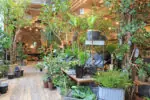"Nagoya Maritime Museum"- Enjoy learning about Japan's number one international trade port, the Port of Nagoya!
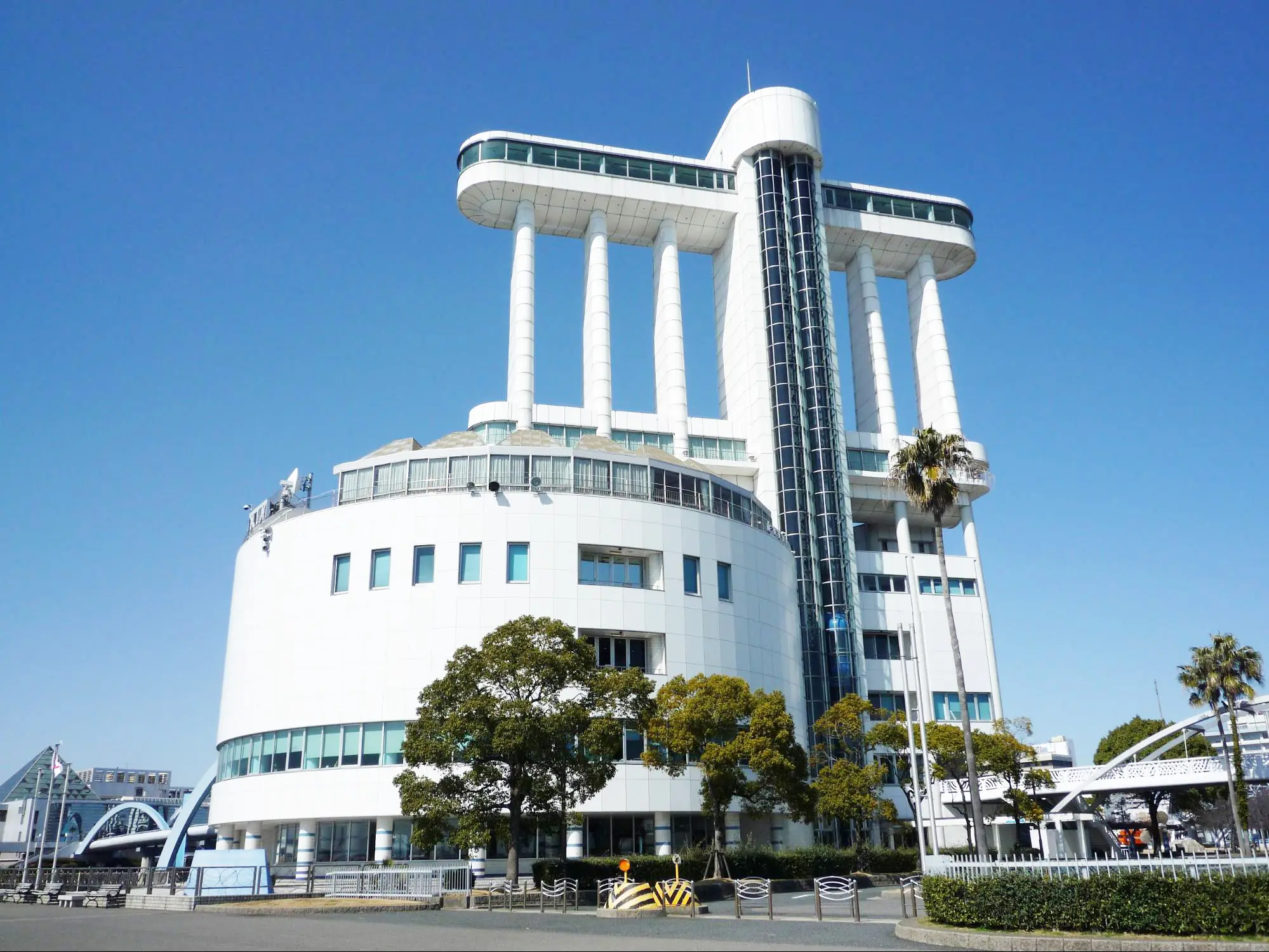
Table of Contents
Many of the goods that support our lives are shipped from all over the world.
"Nagoya Maritime Museum" located in the Port of Nagoya Port Building, is a museum about the sea where visitors can learn about ships and ports. Under the theme of "Nagoya Port, the largest international trading port in Japan," the museum introduces the role of the port, its relationship to people's daily lives, and the history of the Port of Nagoya in an easy-to-understand manner.
It is also a good place to go out as there are many family-friendly corners such as a corner where you can experience crane operation, a Q&A corner where you can learn about the sea and ports, and a paper craft workshop!
We would like to report with plenty of photos.
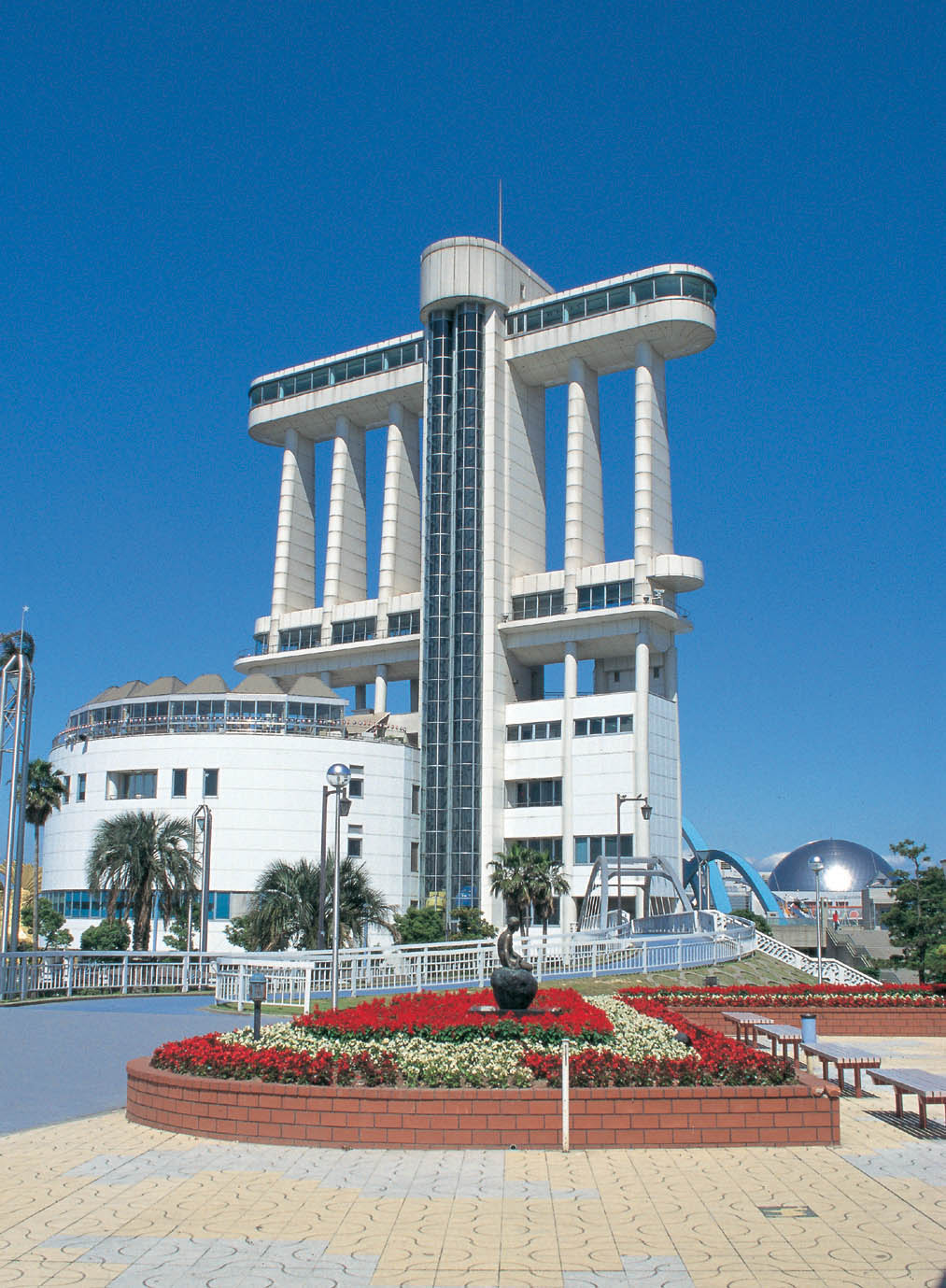
I came to Nagoya Port Building!
The location is Nagoya Port Garden Wharf. 5 minute walk from Nagoyako Station on the Meiko Subway Line. On the 7th floor, the top floor, there is an observation room where you can see the Port of Nagoya from a height of 53m, and on the 3rd and 4th floors there is the Nagoya Maritime Museum.
Learn about ports, ships, and the sea
"Nagoya Maritime Museum"
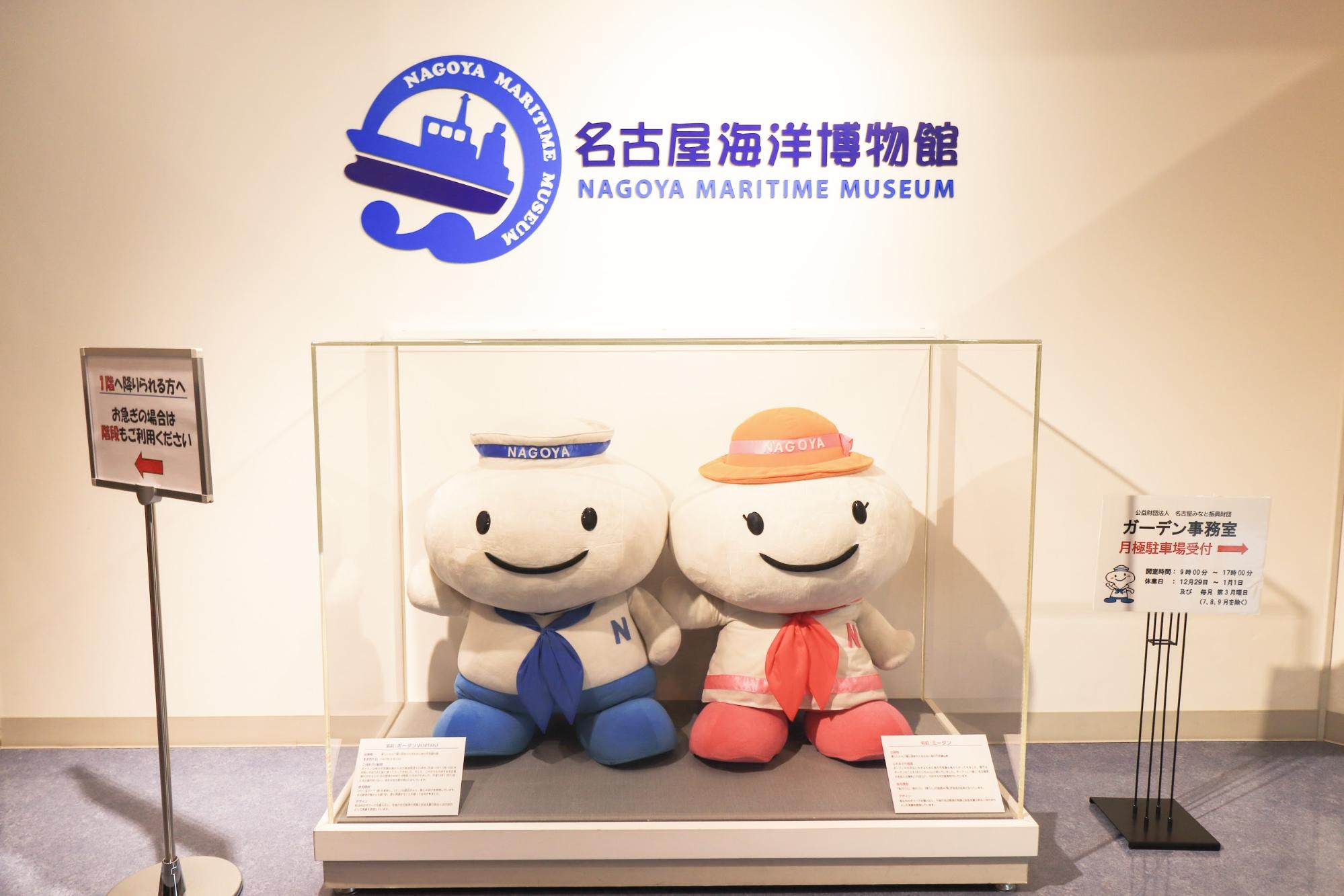
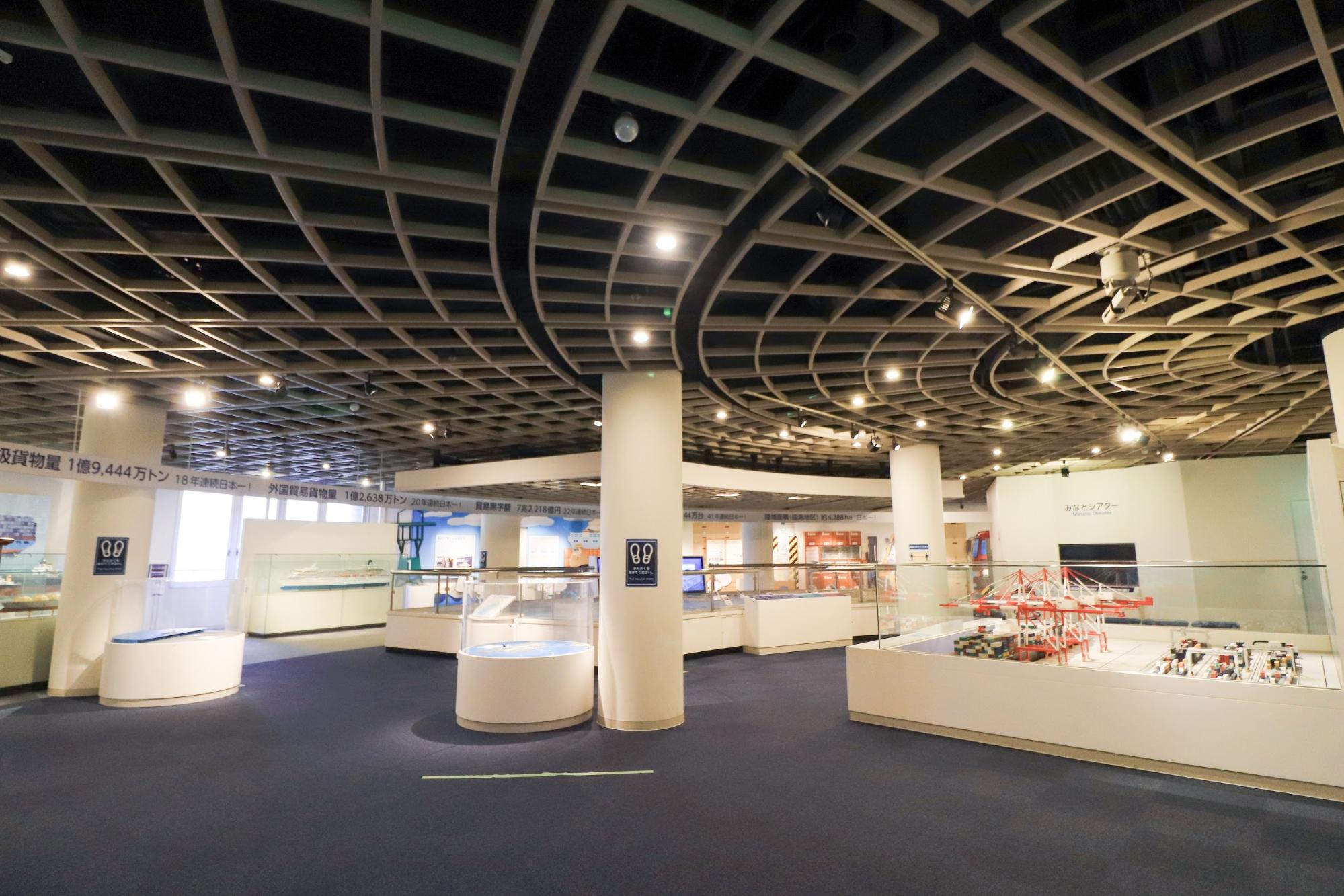
Japan's No. 1 International Trade Port "Nagoya Port"
First, we would like to introduce a little bit about Nagoya Port.
Nagoya Port opened in 1907. It has continued to develop as a gateway to the sea in the Chubu region, and is now growing into an international trade port connecting about 160 countries and regions around the world.
Cargo handled: 194.44 million tons (No.1 in Japan for 18 consecutive years)
Foreign trade cargo volume: 126.38 million tons (No.1 in Japan for 20 consecutive years)
Trade surplus 7,221.8 billion yen (No.1 in Japan for 22 consecutive years)
Exports of completed automobiles: 1.44 million units (No. 1 in Japan for 41 consecutive years)
Land area (waterfront area): approx. 4,288 ha (No. 1 in Japan)*As of 2019
As you can see, the port of Nagoya is number one in Japan in various ways. It supports the manufacturing industry.
"Live Diorama Nagoya Port" that reproduces Nagoya Port at a scale of 1/2,500
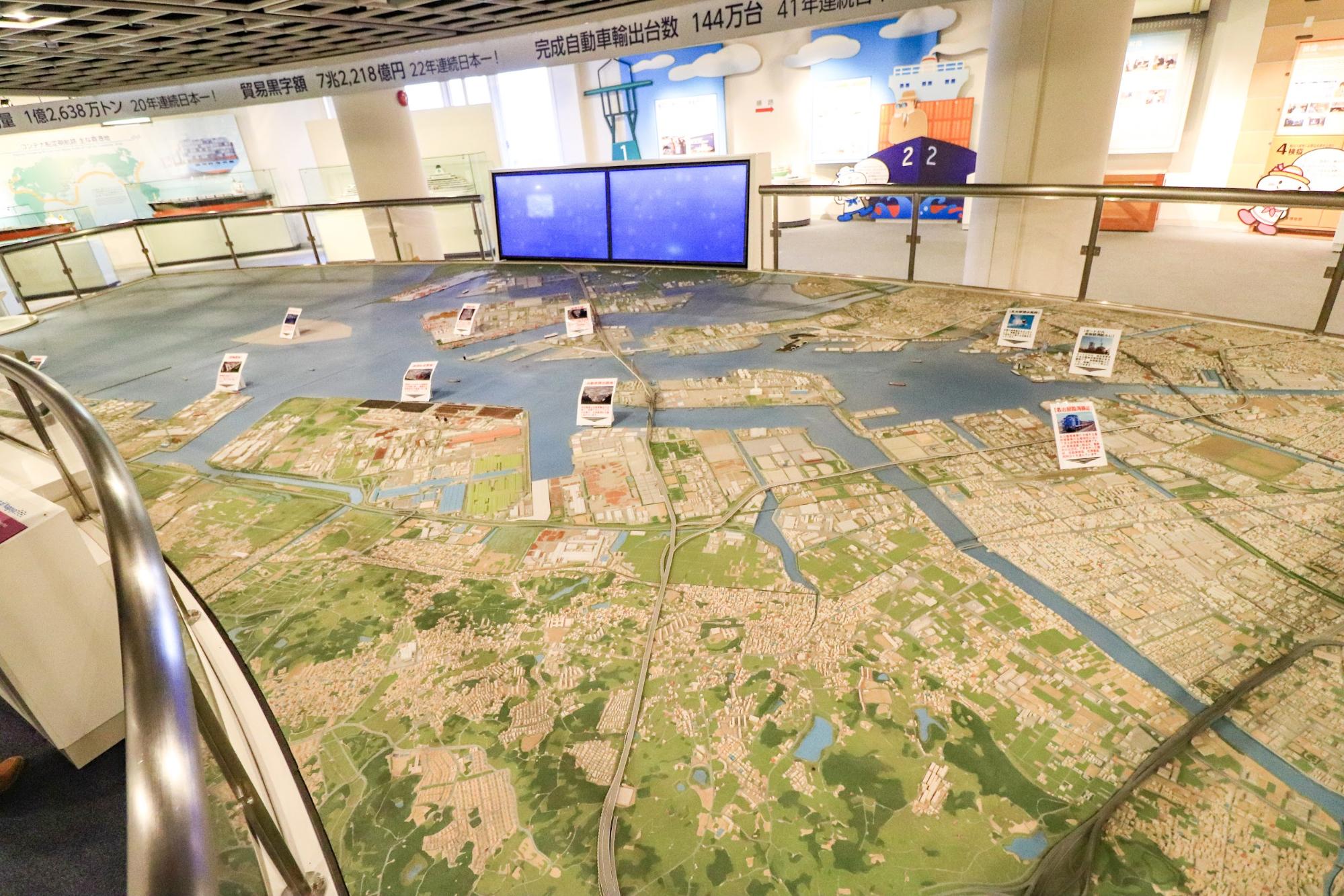
The first highlight is the "Live Diorama Nagoya Port," which reproduces the port of Nagoya at a scale of 1/2,500. Here's a quiz! How far do you think the port of Nagoya covers?
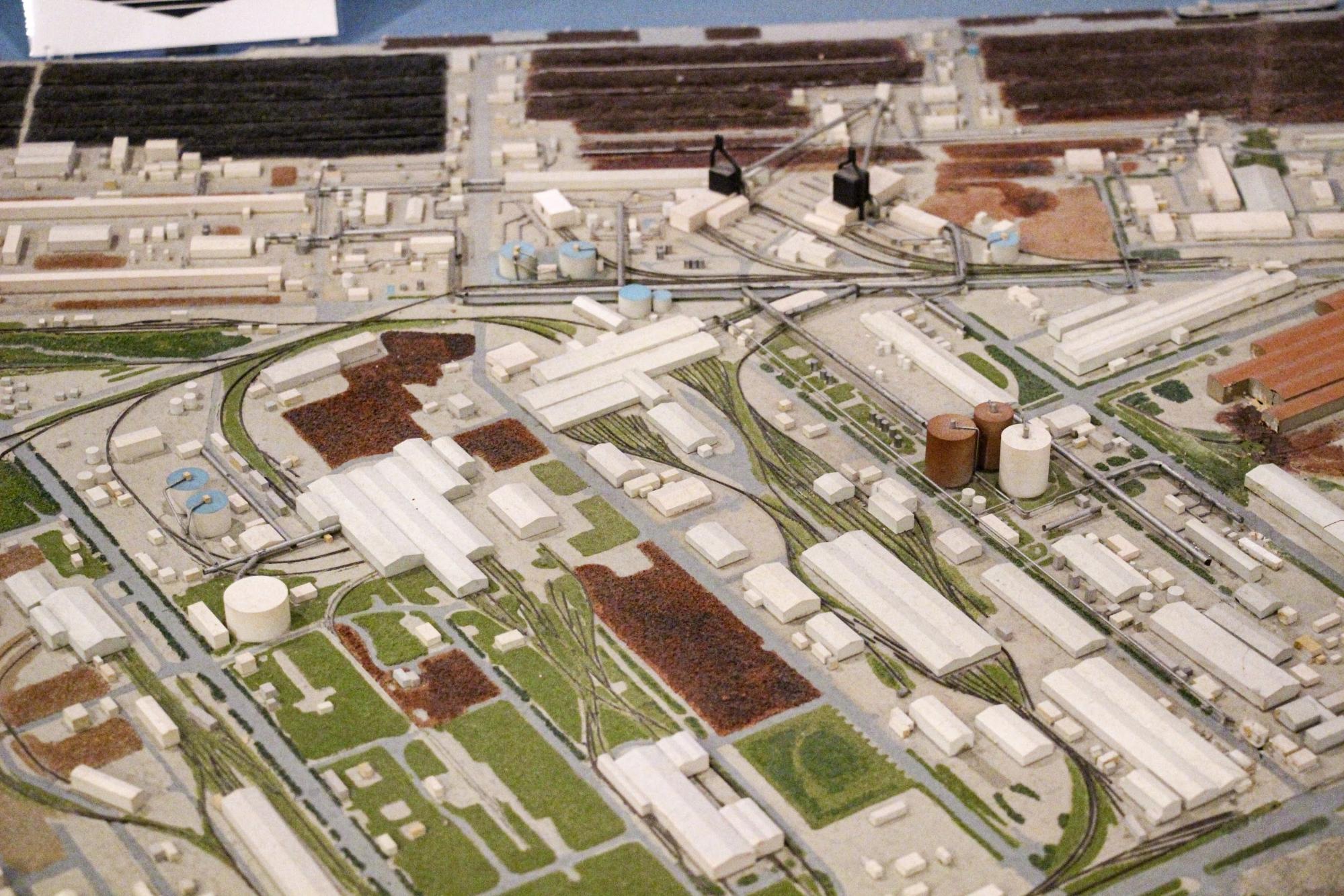
The correct answer is around Nagoya Port Garden Wharf, Nabeta Wharf in the west, and Shinmaiko Marine Park in the south. It's wider than you can imagine!
Let's learn with a model! "Japan's first automated container terminal"
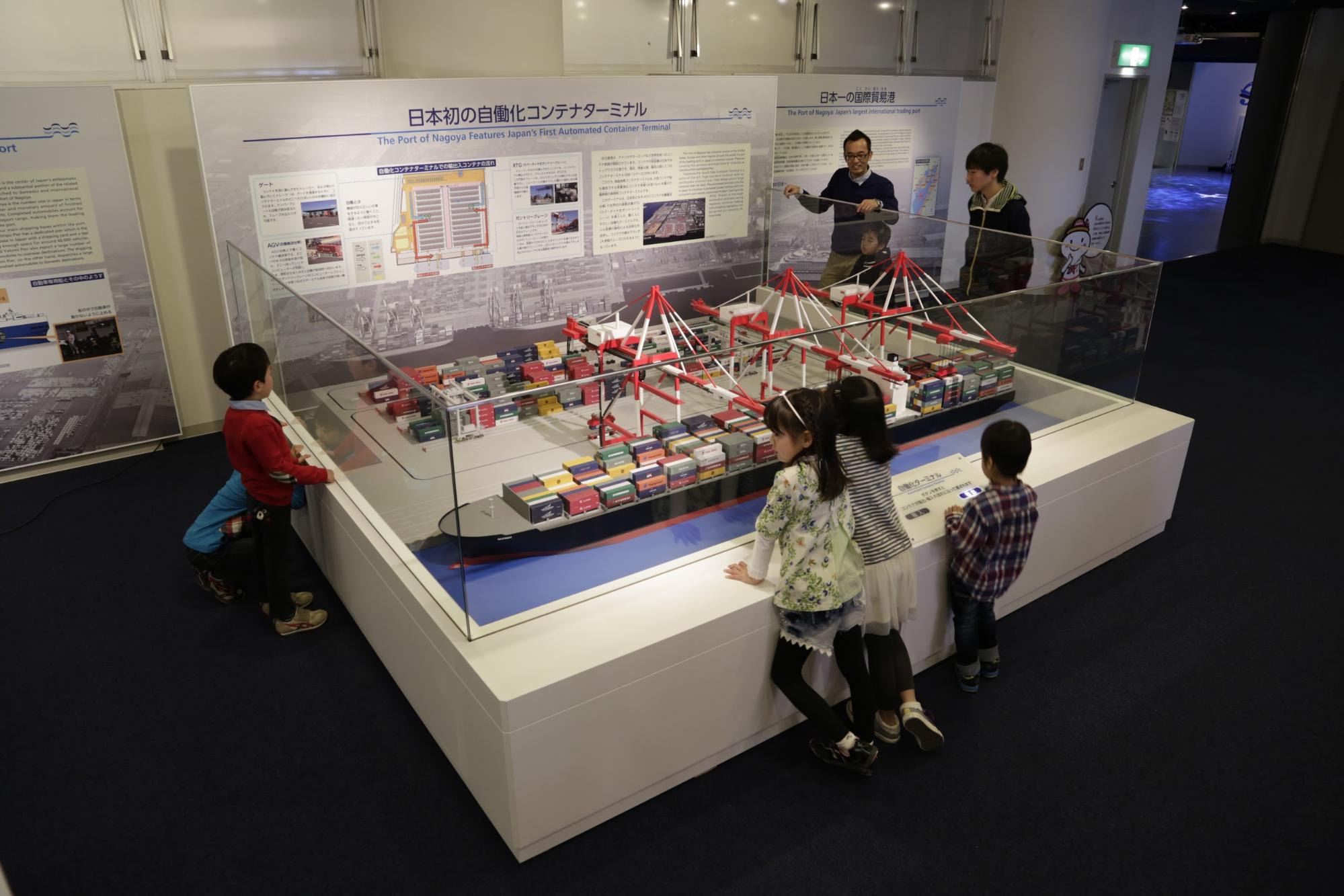

Next is an electric model that reproduces the "Automated Container Terminal" at Tobishima Wharf in 1/100 scale.
The terminal is equipped with Japan's first AGV (Automated Guided Vehicle for Container Transport) and the world's first remote automated RTG (Rubber Tired Gantry Crane). In pursuit of greater efficiency, container loading and unloading can be done smoothly 24 hours a day.
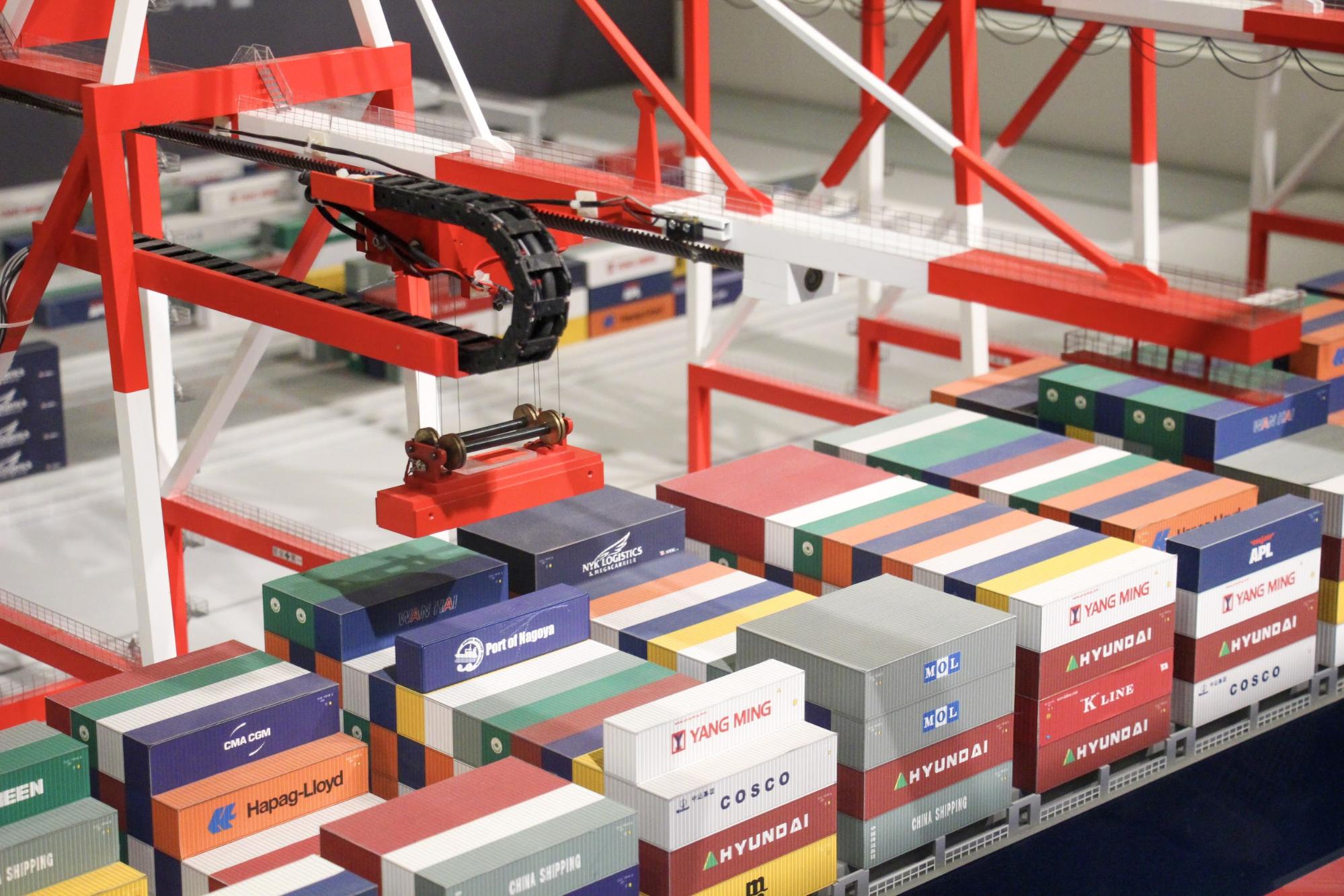
Containers transported by ship are loaded and unloaded by a huge gantry crane.
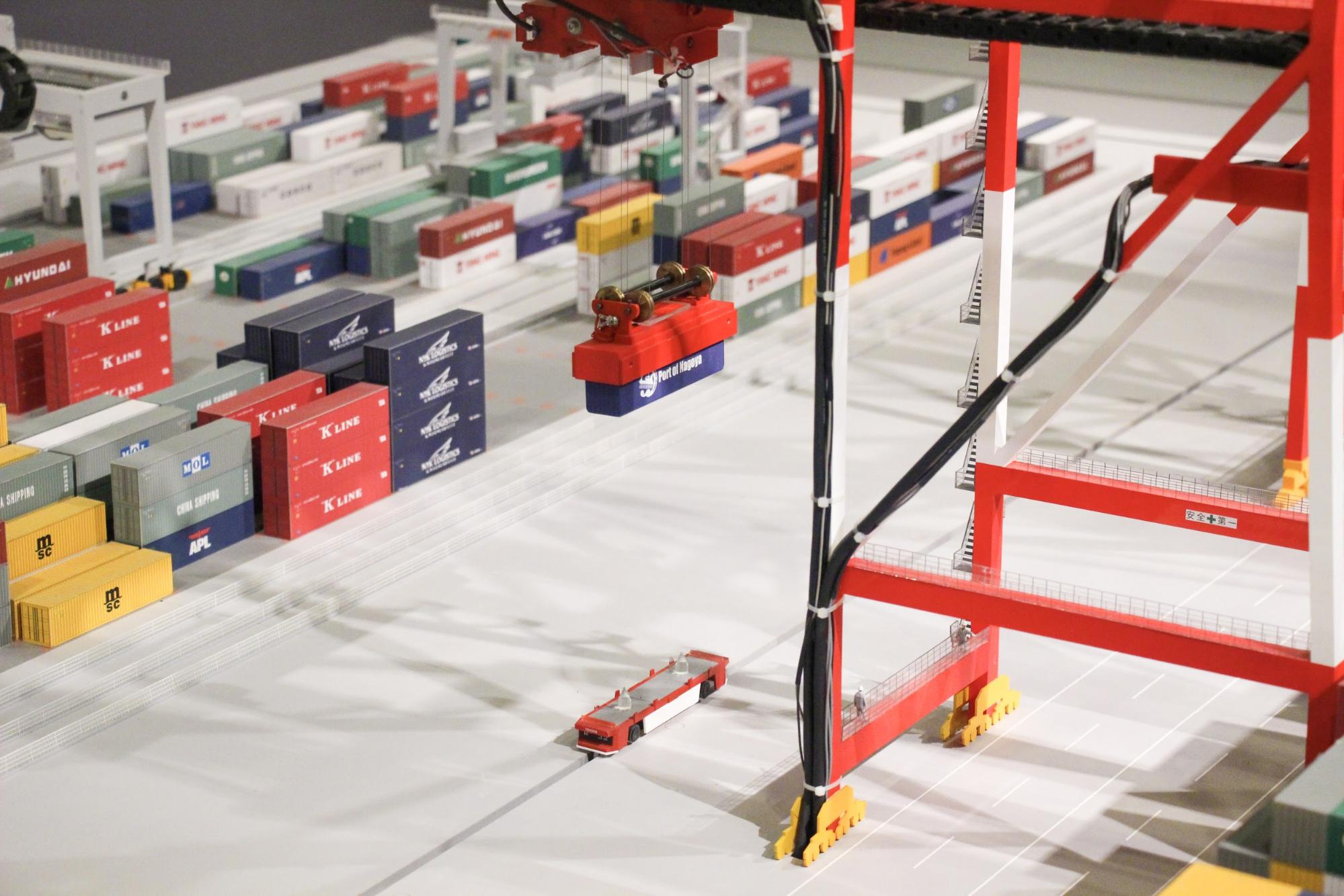
AGVs (Automated Guided Vehicles) have arrived! AGVs move unmanned, and computers determine where they go, what cargo they receive, and where they take it.
By the way, in order to prevent collisions between the AGV and people, the song "Mary's Sheep" is played while the AGV is moving. (It was actually played even in the model)
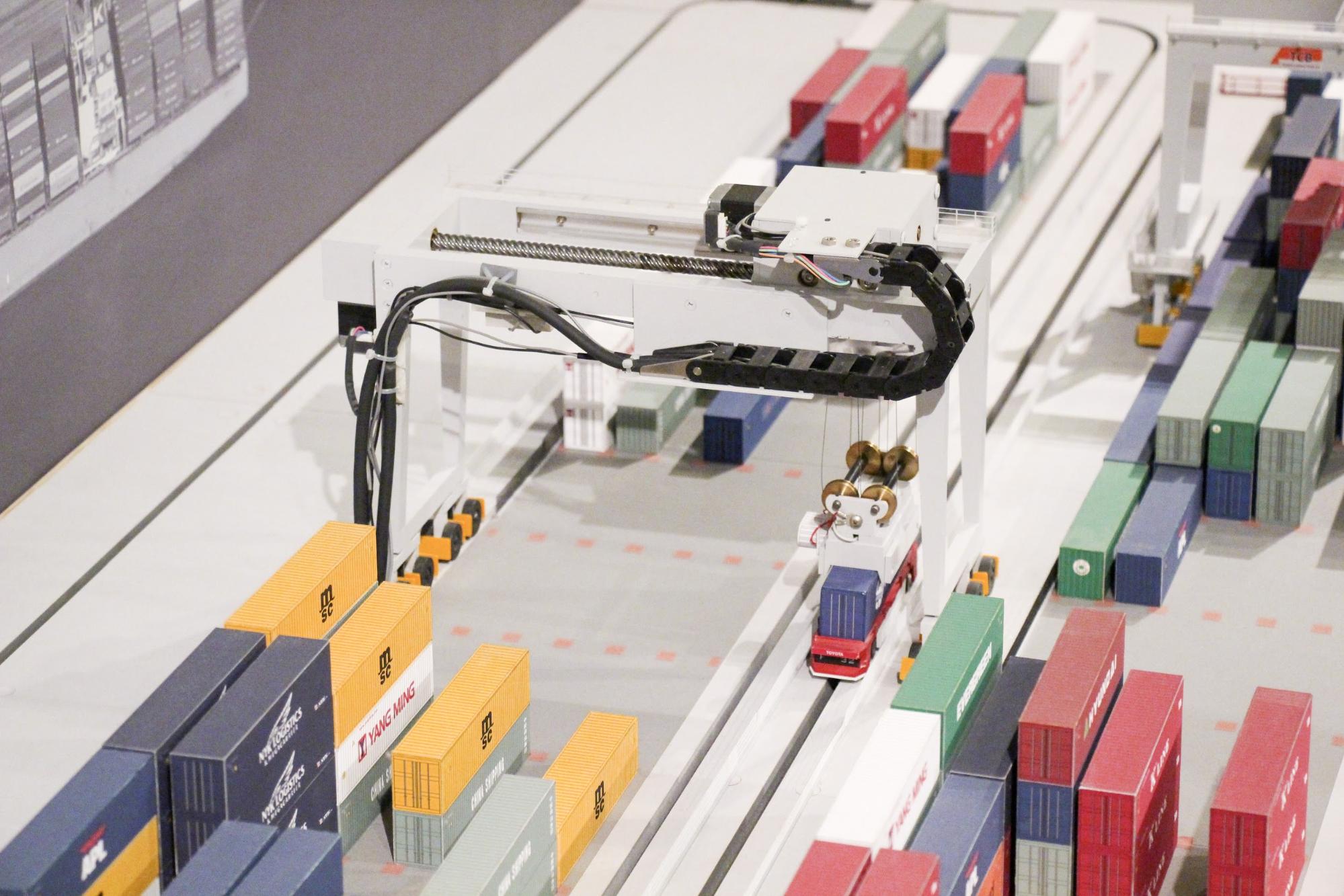
The containers brought by the AGV are stacked in the container yard by RTG (rubber-tired gantry crane).
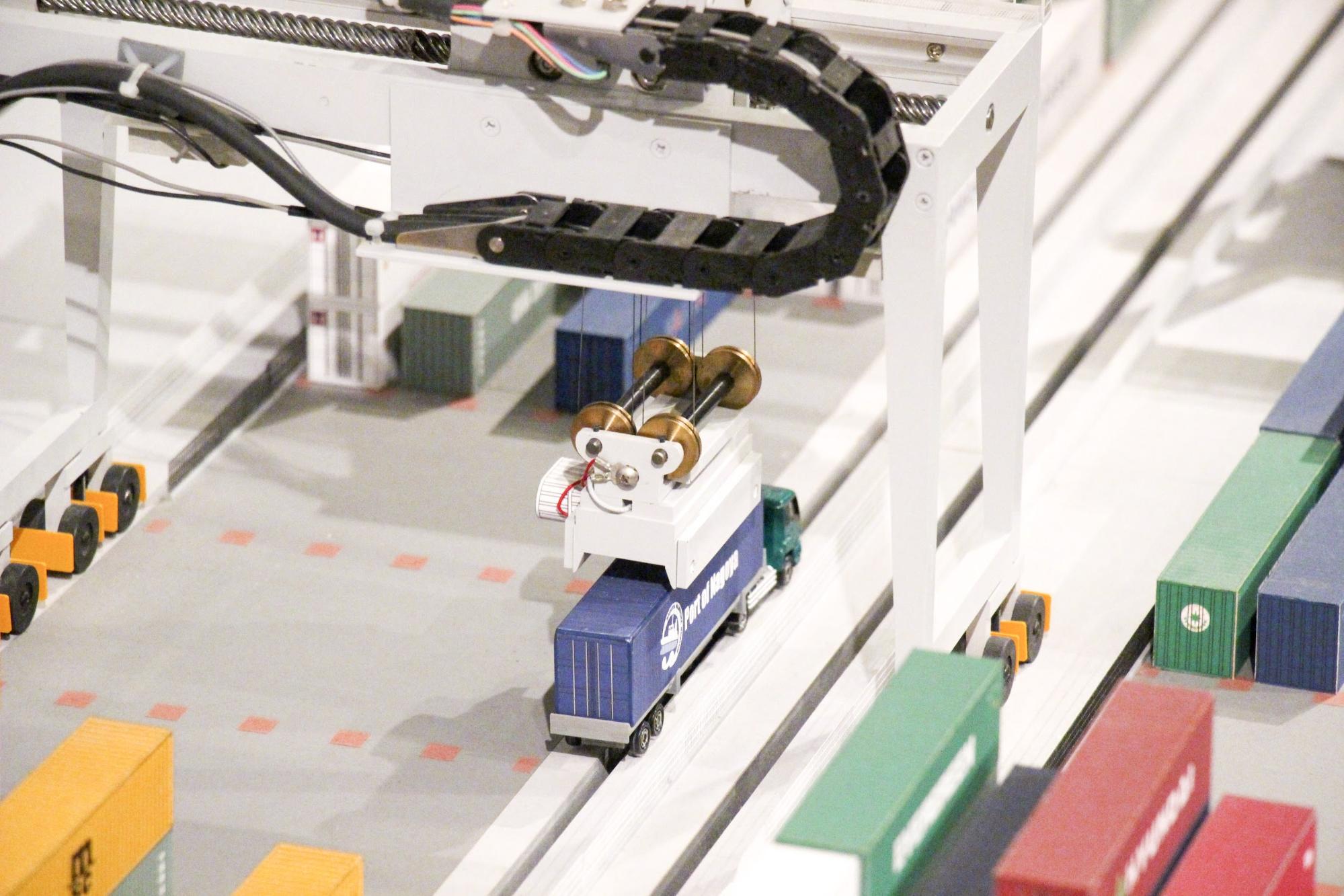
RTG also loads and unloads the containers to and from trailers. It is operated remotely from a remote operation room.
These cutting-edge technologies support Japan's number one international trading port!

The strength of Nagoya Port is that it is capable of "sea and air" transportation in coordination with Central Japan International Airport.
The main wings and fuselage of the aircraft are manufactured at the aircraft manufacturer's factory located in the Port of Nagoya and transported by sea to Central Japan International Airport. From there, it is delivered overseas by special cargo transport aircraft.
Let's learn about the role of the port!
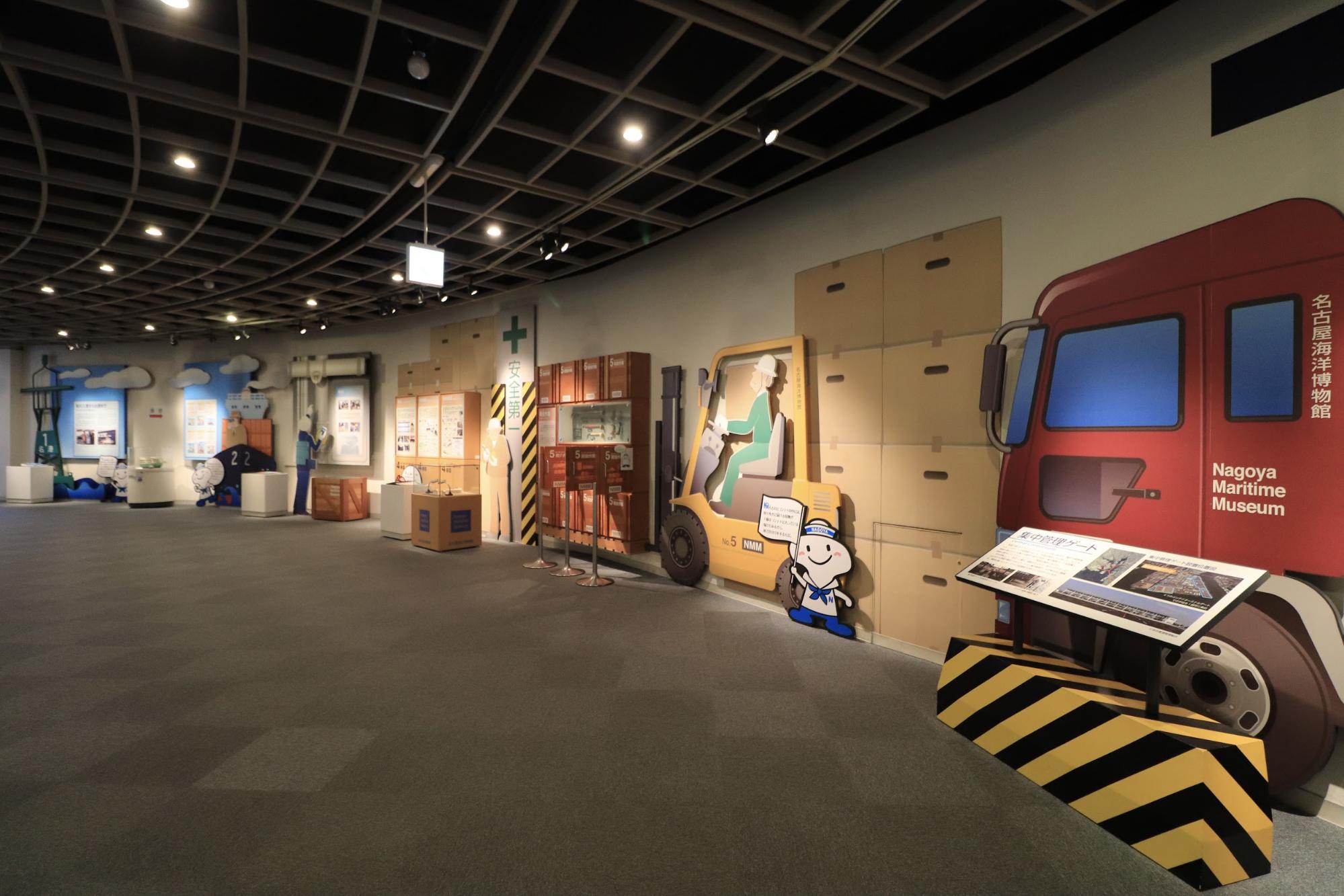
In the next section, you can learn about the flow of cargo through the work of people working at the port. What kind of things are going on at the port? We will pick up some and introduce them.
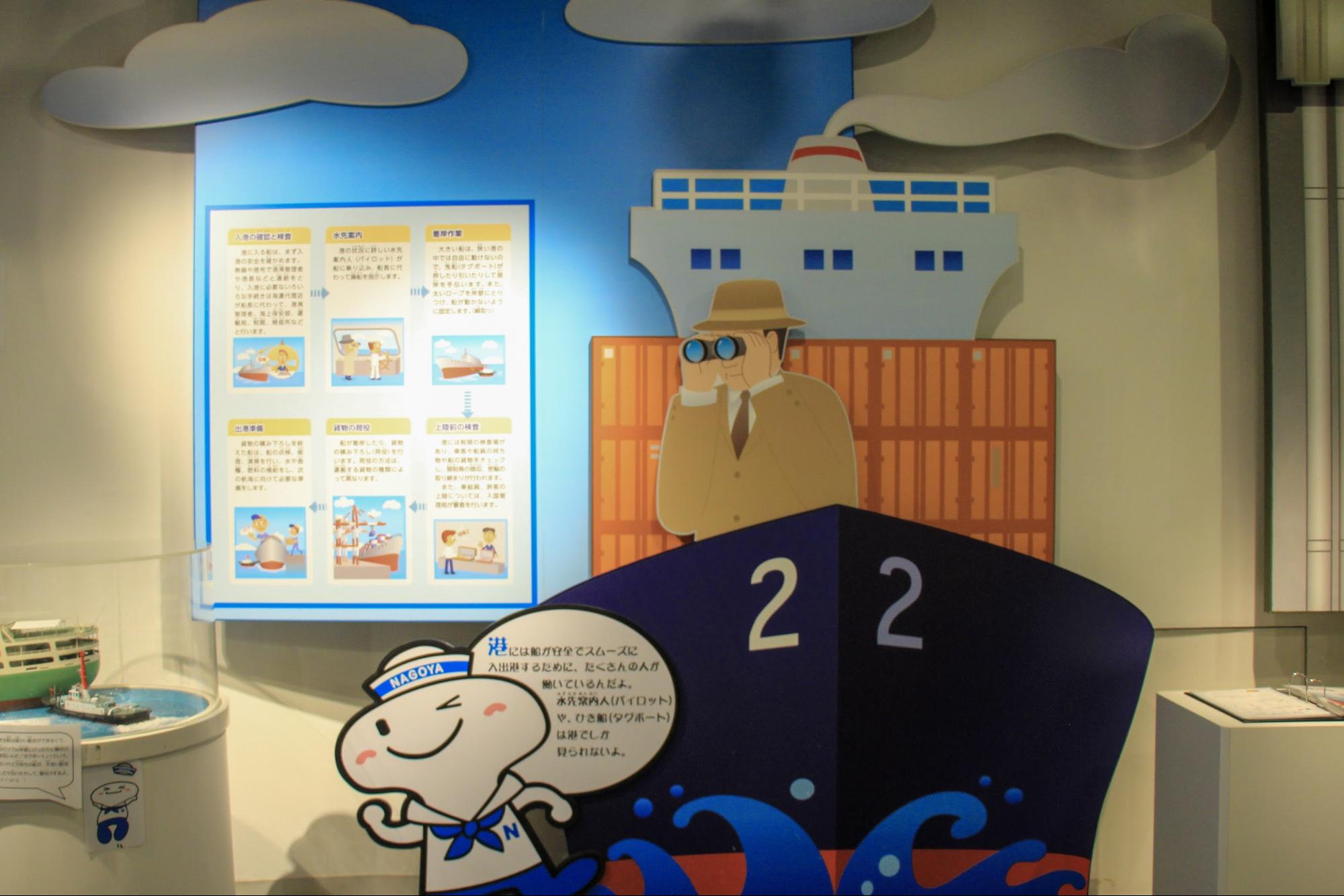
For example, here is a "Pilot". Tidal currents and traffic rules differ depending on the port. Therefore, when entering a port, a pilot who is familiar with the situation of the port boards the ship and instructs the ship on behalf of the captain.
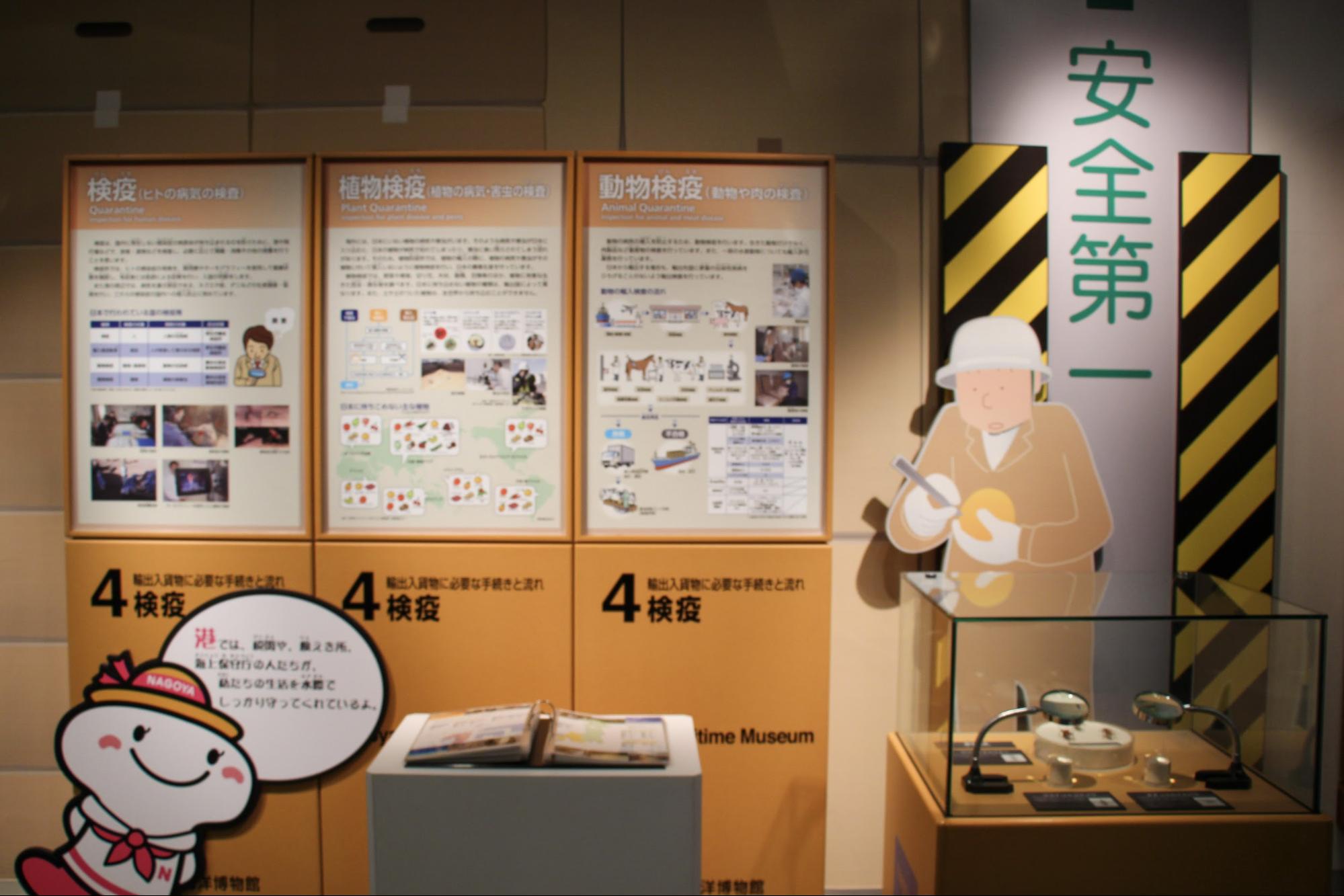
This is the quarantine corner. In addition to human diseases, they conduct plant quarantine and animal quarantine to prevent intrusion into the country.
Approximately 90 ships per day and more than 30,000 ships per year enter the Port of Nagoya. The safe and speedy arrival and departure of these ships are realized by various jobs!
Very popular with children! "Fun Bridge" zone
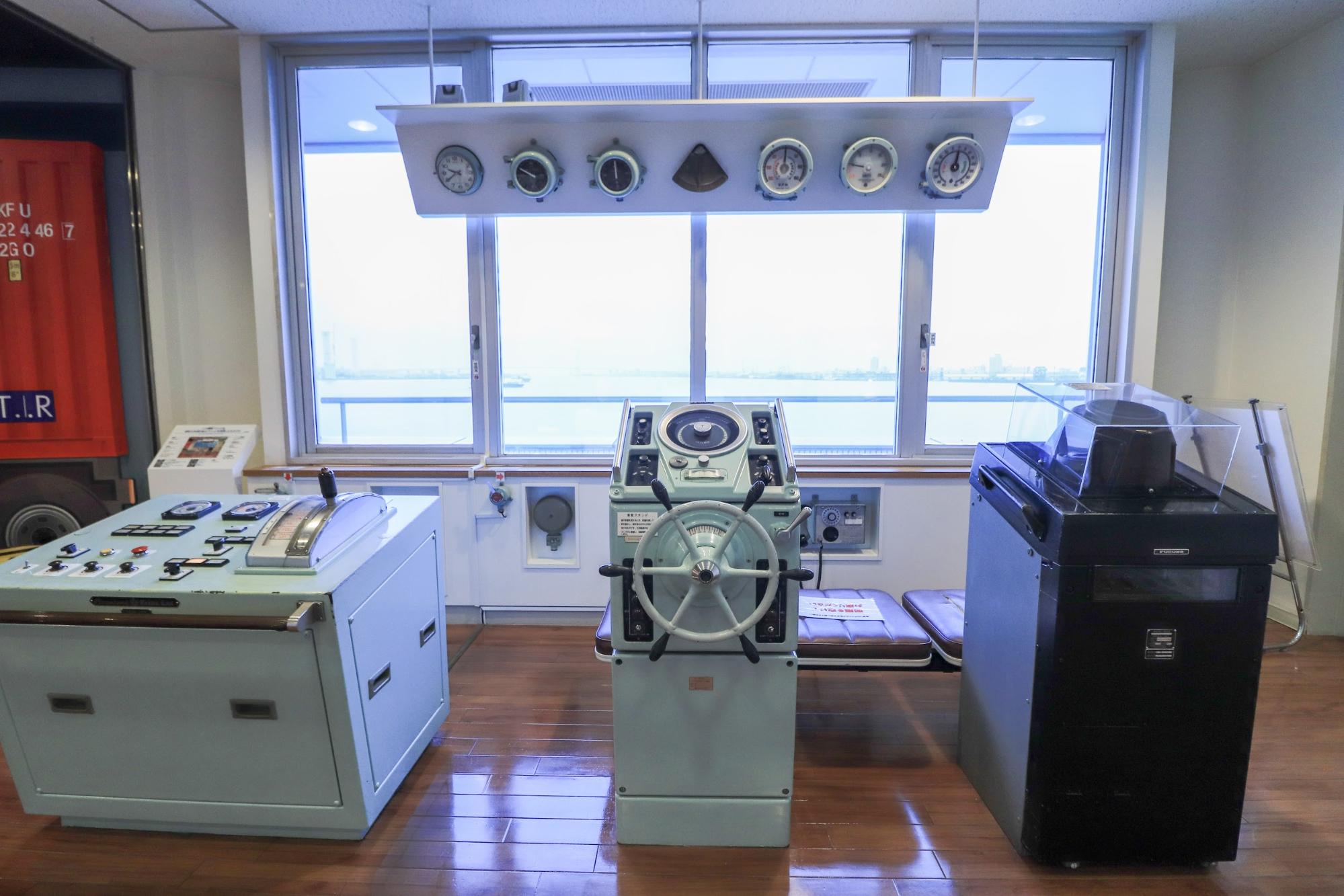

Next is the “Fun Bridge” zone, which is very popular with children. It is a space that realistically reproduces the bridge of a ship using the actual steering wheel and radar.
Why don't you pretend to be the captain and take a picture? !
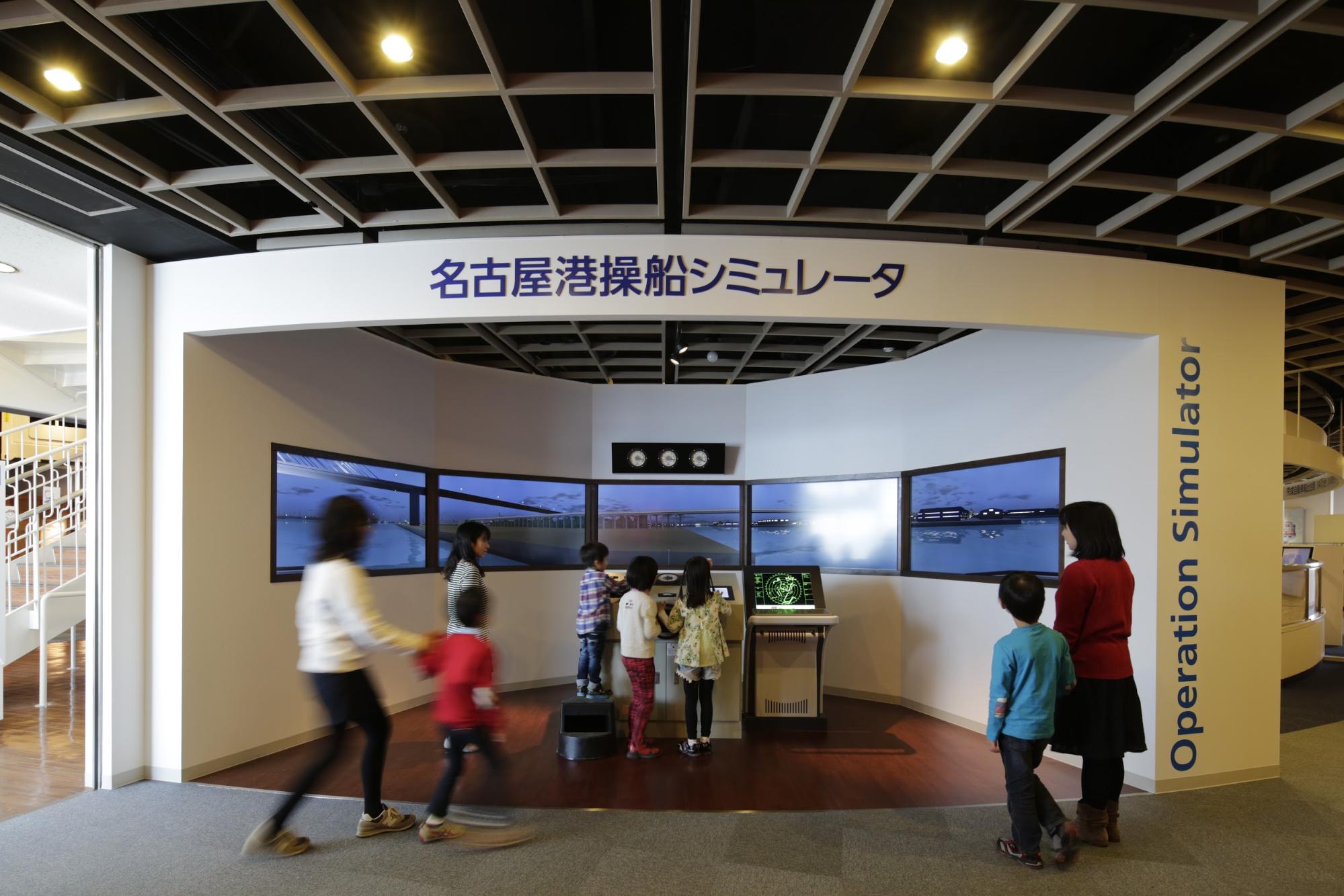
It is currently closed due to the coronavirus, but there is also a ship handling simulator where you can experience operating a ship!
Various things that come and go at Nagoya Port
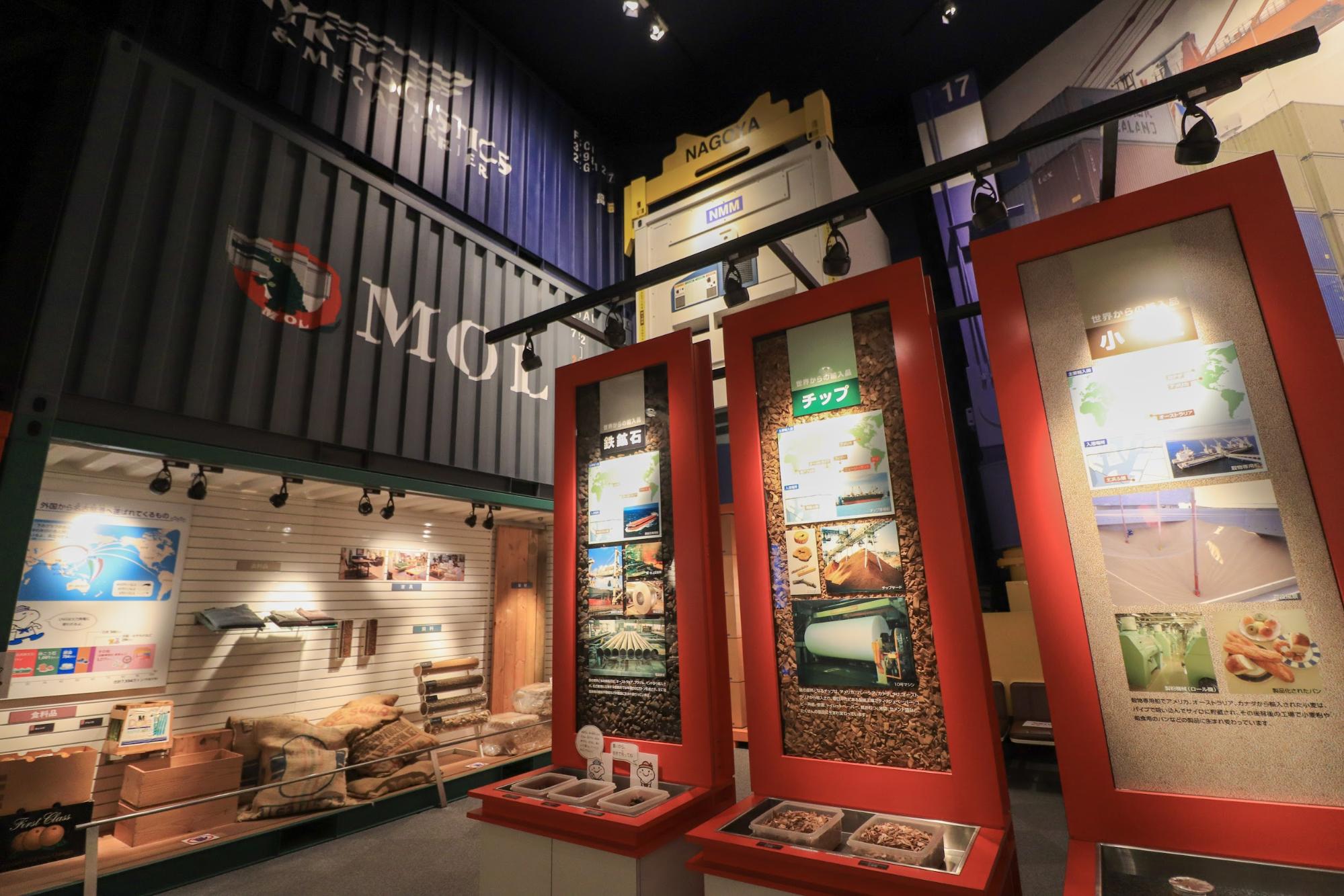
Containers have appeared many times so far, but how big do you think they actually are?
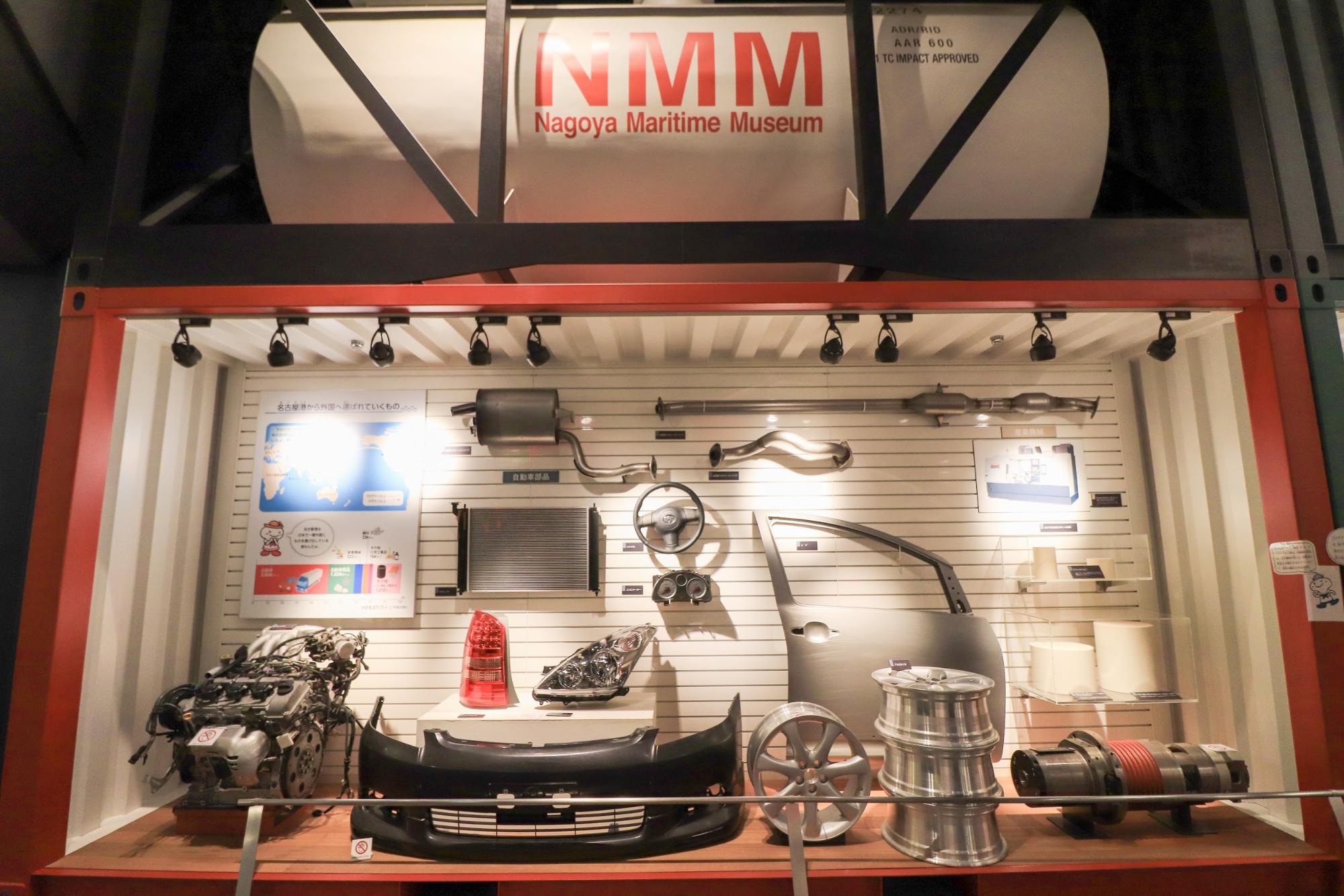
The correct answer is... "20 feet (about 2.4m x 2.6m x 6m)". There are two types, one with double the length of 40 feet. For smooth transportation, the outer dimensions are standardized according to international standards.
This corner introduces what is loaded in the container. A wide range of genres such as automobile parts, foodstuffs, pasture grass, fodder, lumber, and clothing are lined up. It made us realize that many of the items that support our lives are shipped from all over the world.

There is also a simulator where you can experience operating the gantry crane introduced earlier. Anyone can enjoy operating a crane from 45m above the ground like a game.
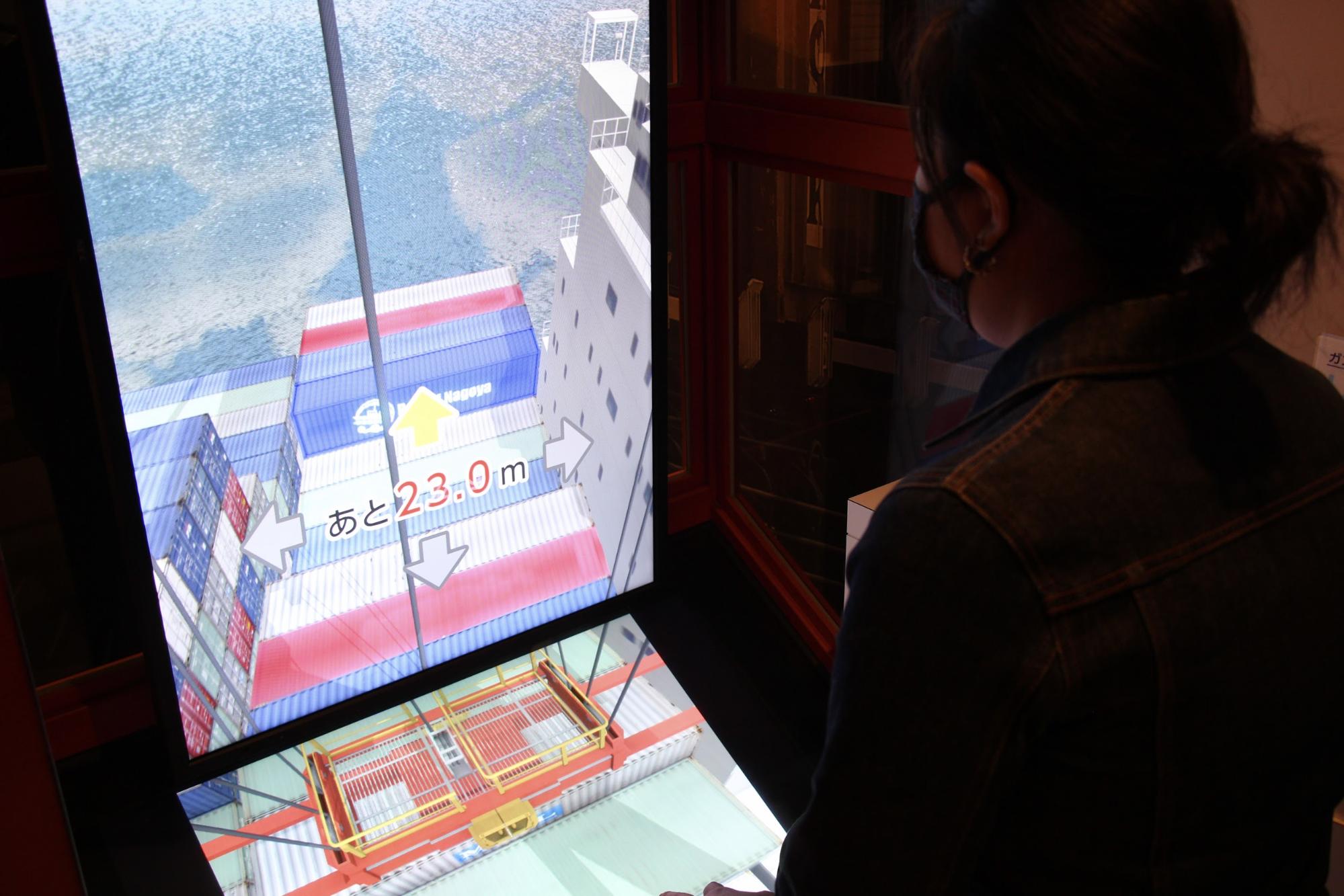
I actually tried it, but it's more difficult than I imagined! Even adults enjoyed it.
Technology and History of Nagoya Port
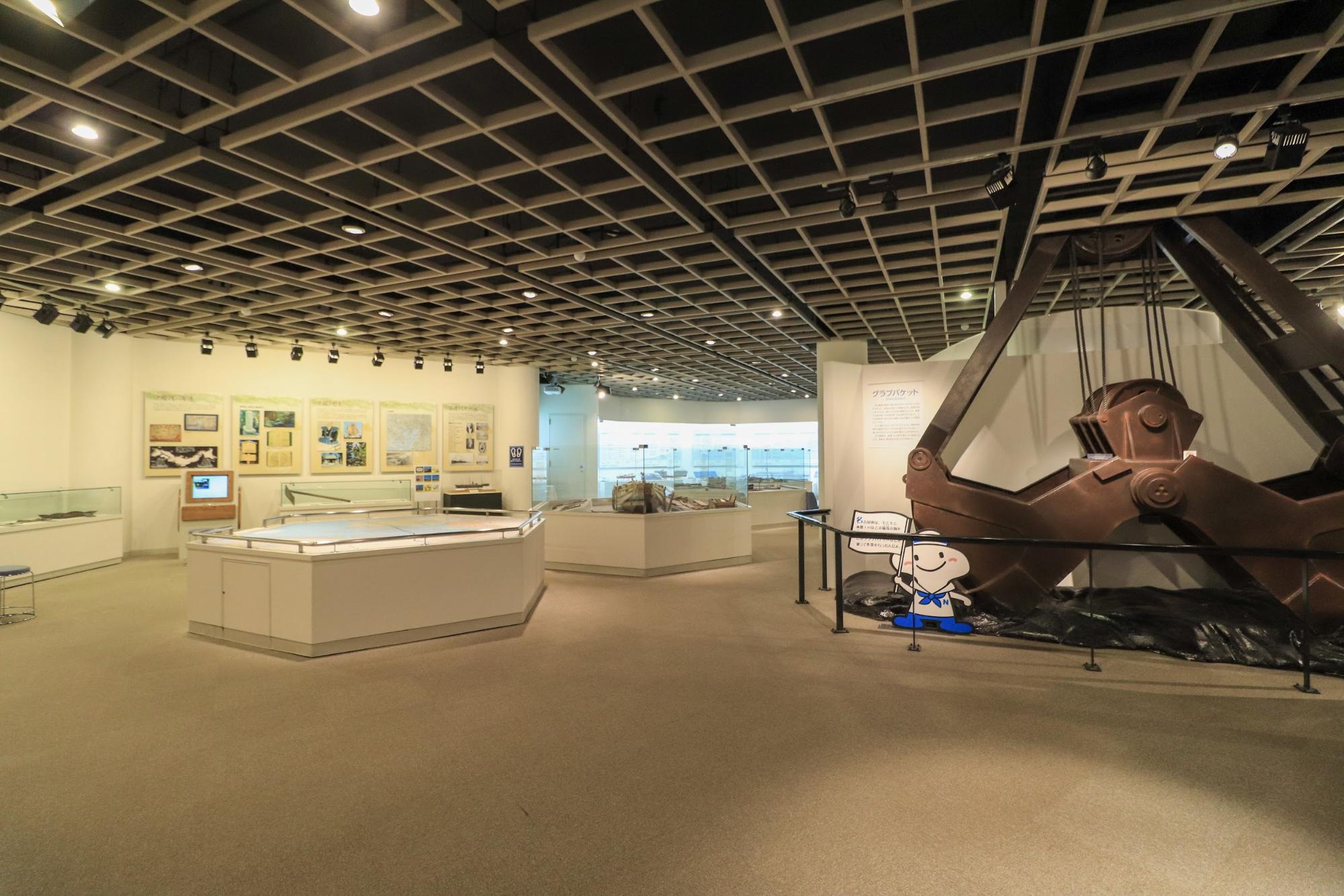
Today, the port of Nagoya has grown into an international trading port connecting about 160 countries and regions around the world, but what kind of history has it followed?
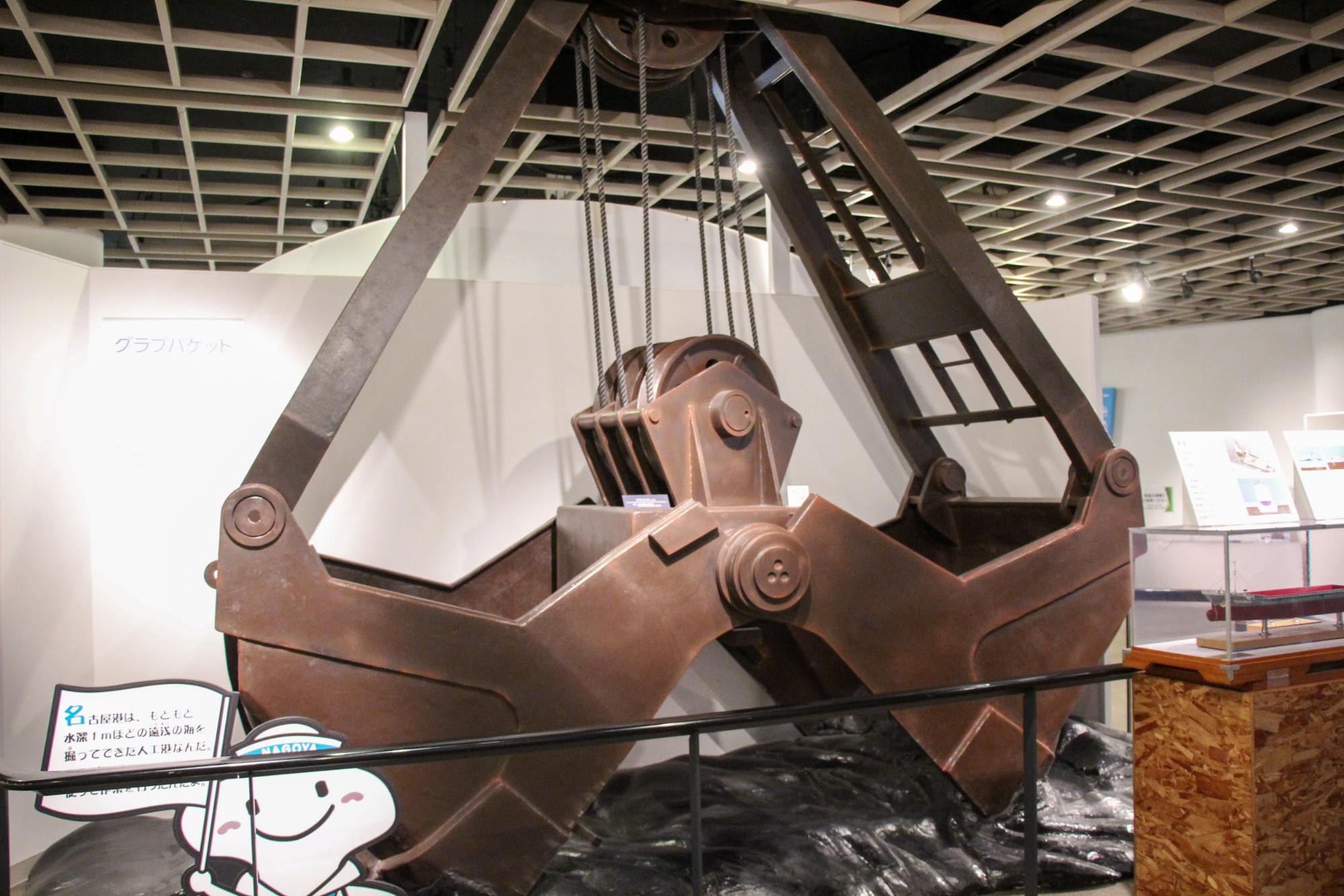
The "grab bucket" is indispensable when talking about the history of the Port of Nagoya.
In fact, the port of Nagoya was originally an artificial port that was created by digging a shallow sea with a depth of about 1m. In order to build a harbor for ships, it was necessary to excavate the bottom of the sea and deepen the water. This grab bucket is a full size replica of what was used until around 1965.

Therefore, in the Edo period, there was a sea as far as Atsuta Shrine.

In the Meiji period, construction work began with the aim of building a port that could trade with the rest of the world. However, there were many voices against the construction.
The cruising exhibition ship "Rosetta Maru" saved such a pinch. Those involved in the construction of the harbor desperately invited the Rosetta Maru to enter the port. After the Rosetta Maru entered the port, it was crowded with more than 100,000 visitors. The population of Nagoya at that time was about 300,000. One in three people visited the port.
This led to a better understanding of port construction projects. The efforts of these predecessors have led to the current Nagoya Port.
Let's make a paper craft!
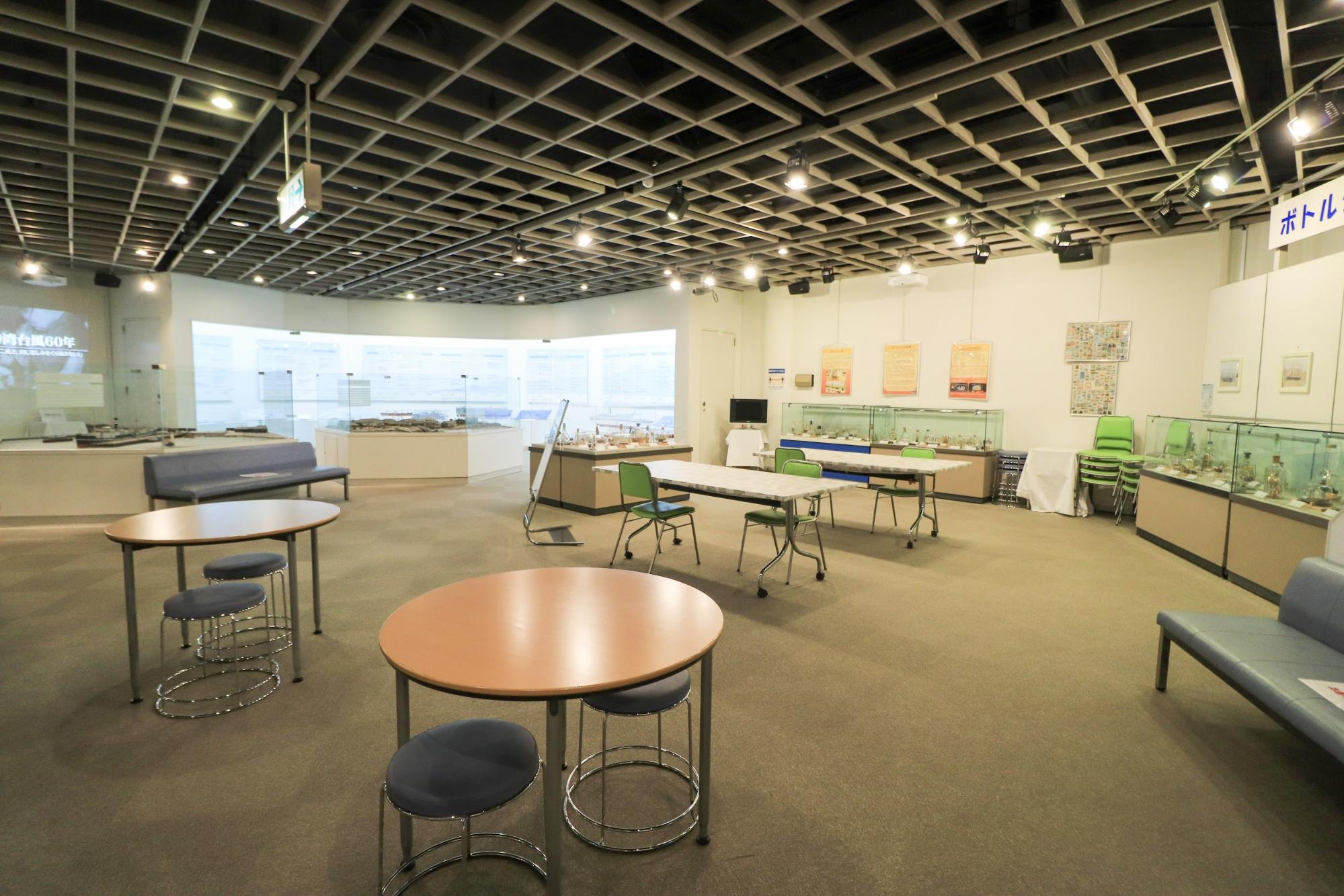
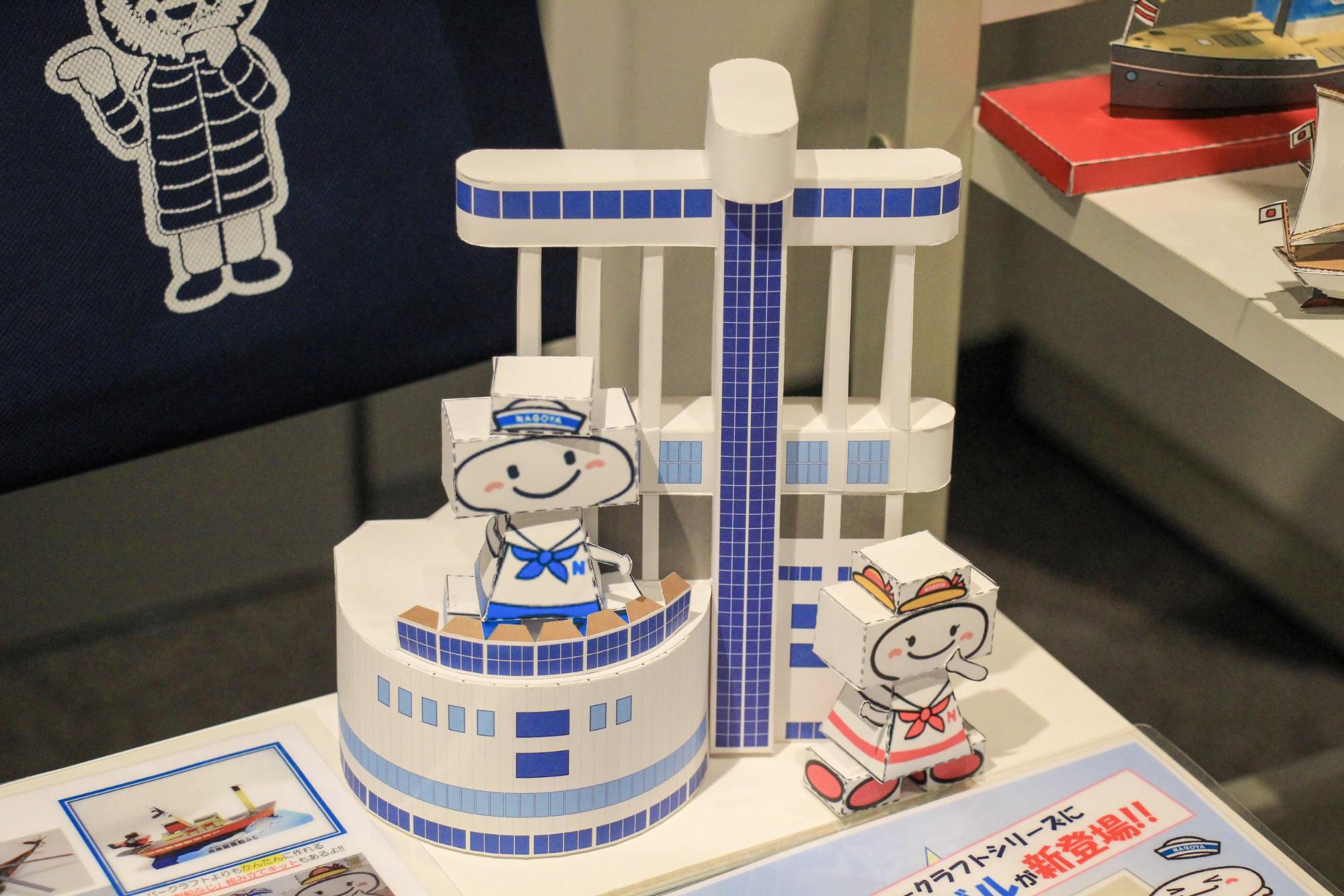
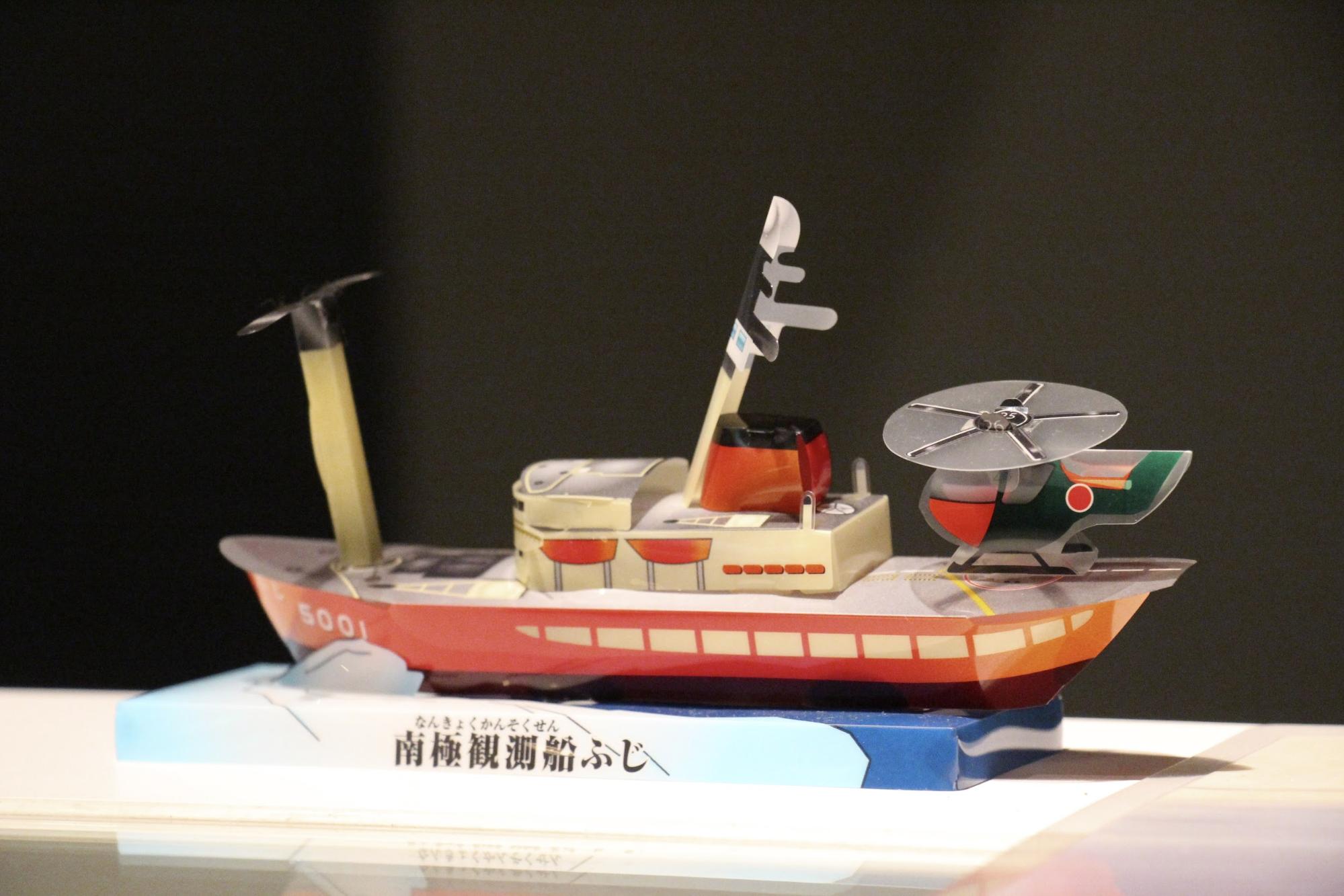
At the Library & Play Corner, located at the end of the museum, "Paper Craft Workshops" are held on the 2nd and 4th Saturday of every month.You can make your own Nagoya Maritime Museum original paper crafts! (100 yen per copy for any one)
You can also purchase it for home use, so please try it. (Purchases can be made at any time)


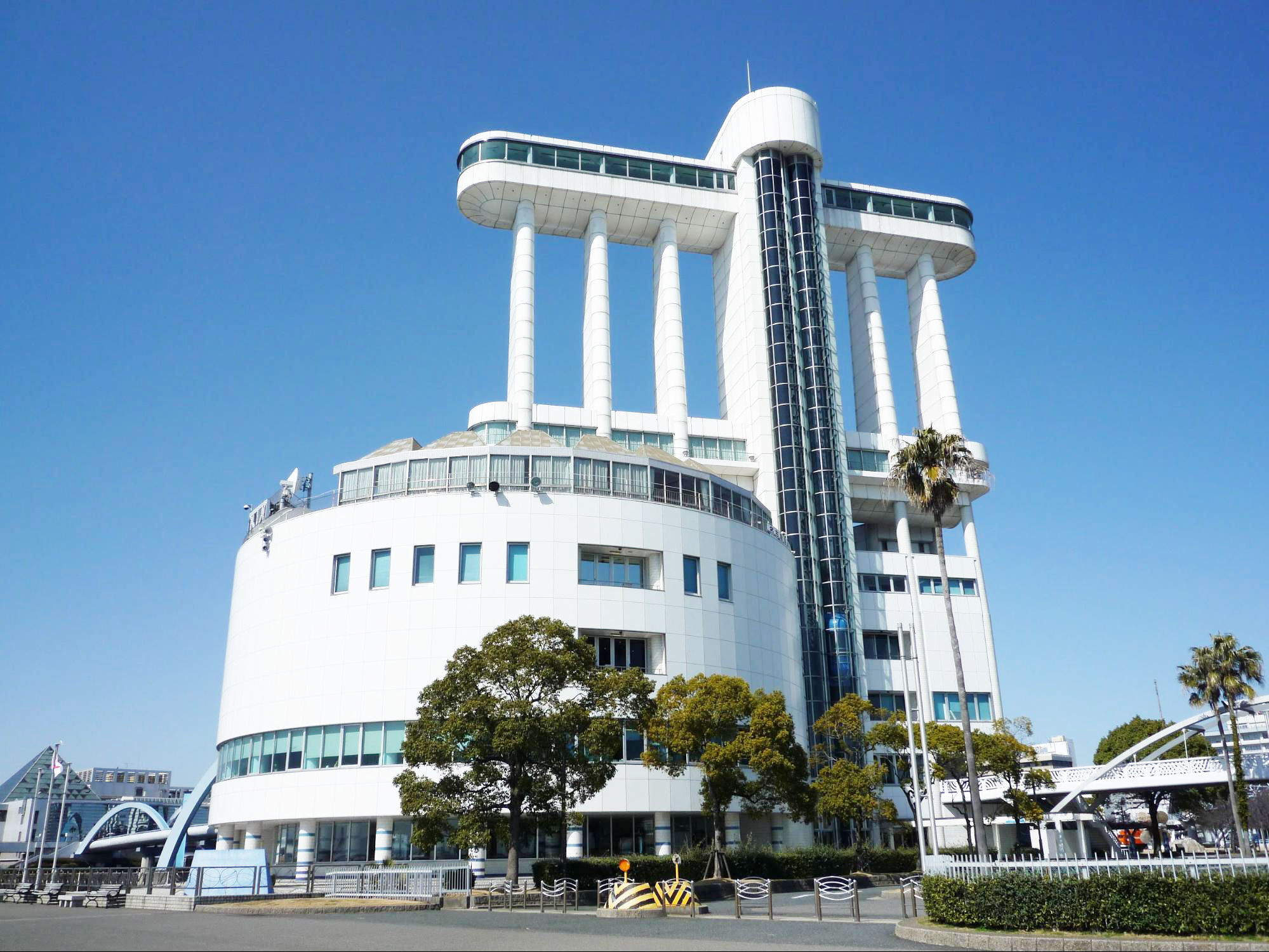
![[Tokai Area] Outing Spots for Family](https://life-designs.jp/wp/wp-content/uploads/2019/06/w1920x1088_family-1-1024x580.jpg)

![[Inazawa] Let's go to "Meiji Naruhodo Factory Aichi,"
the largest factory of Meiji !](https://life-designs.jp/wp/wp-content/uploads/2020/02/image25-12-300x200.jpg)

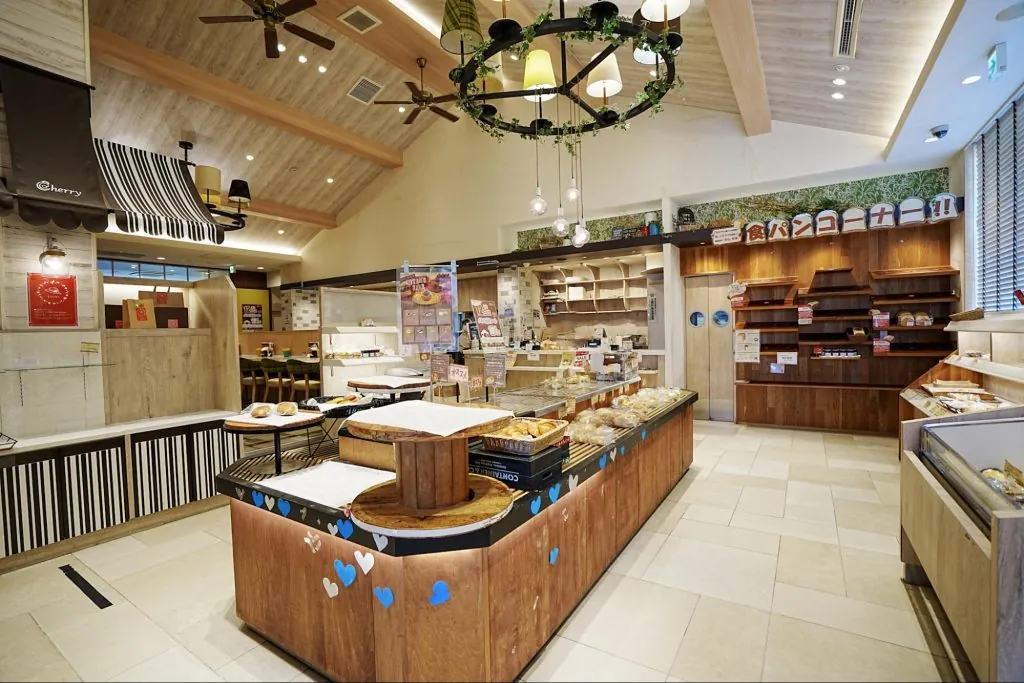
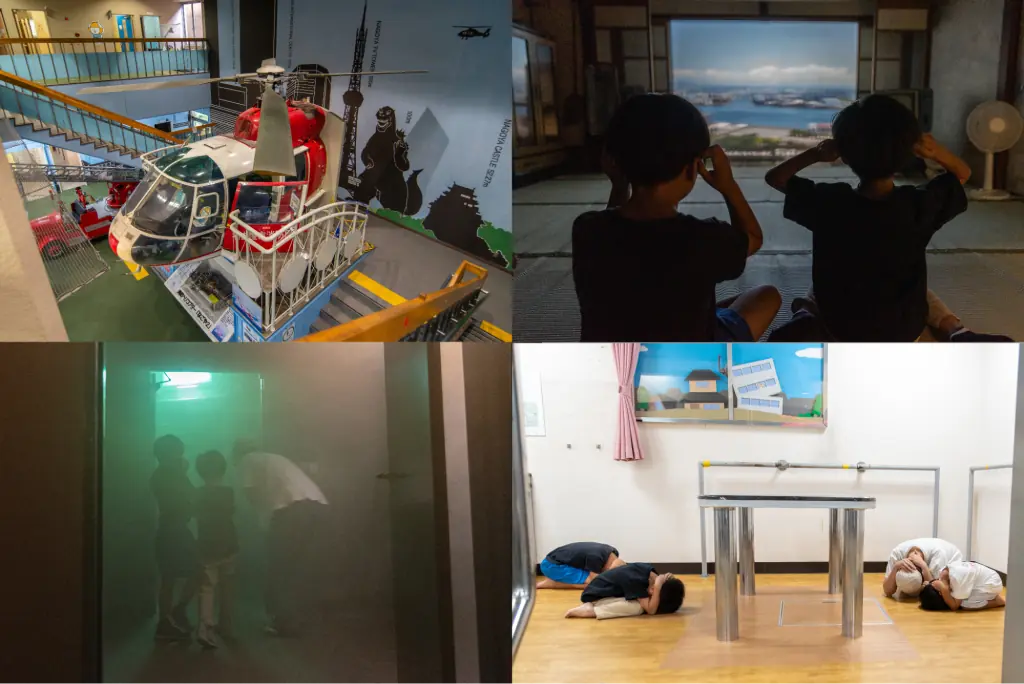
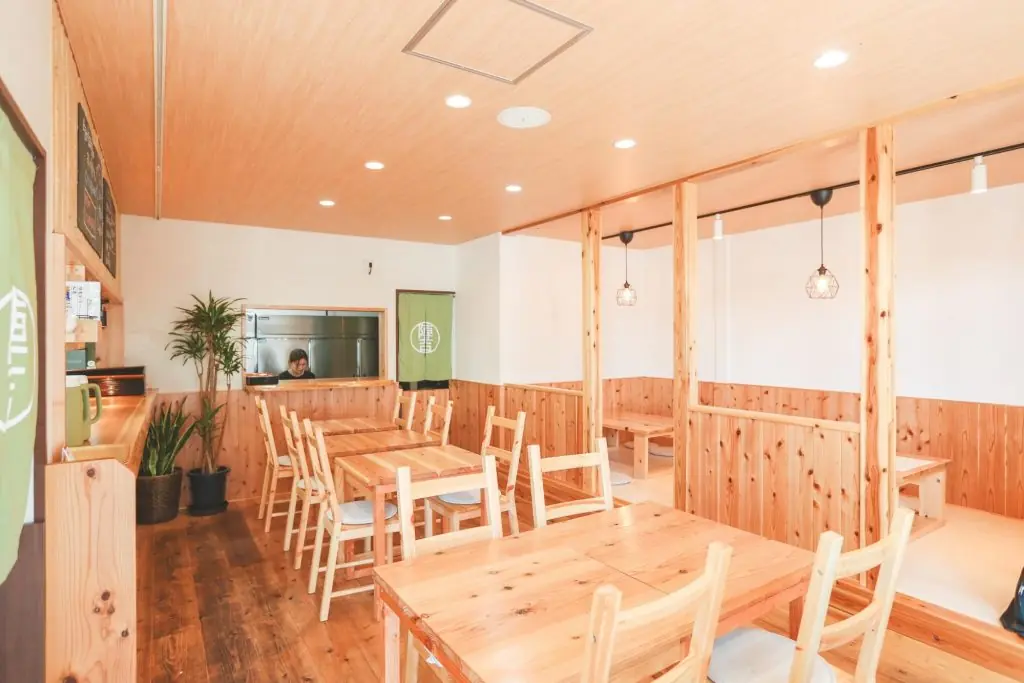

![[10 Selections] Parents and children can enjoy it! Summary of Museums in Aichi Prefecture](https://life-designs.jp/wp/wp-content/uploads/2022/01/FotoJet-2022-01-05T162333.940-1-1024x683.jpg)
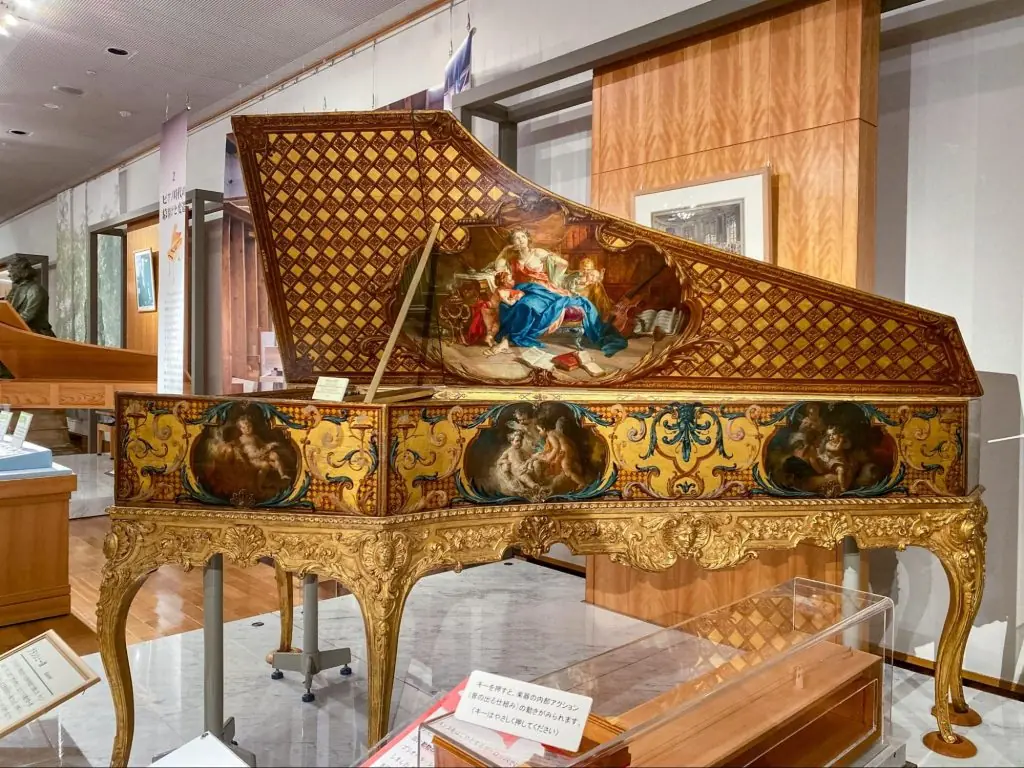
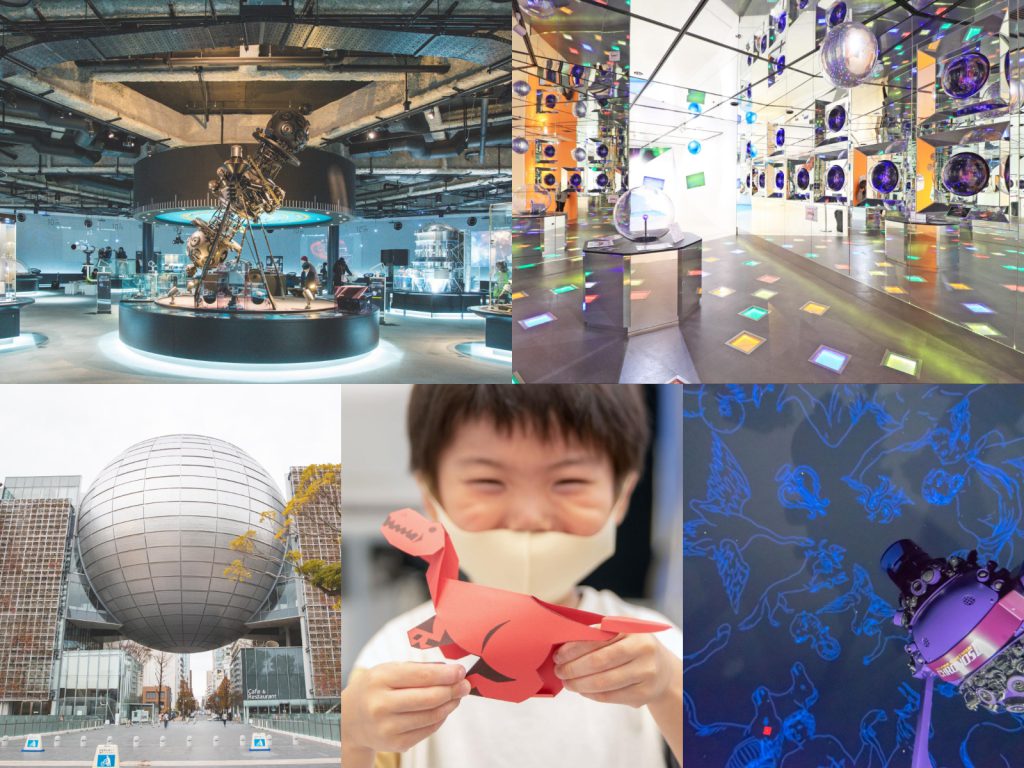
![[Yokkaichi city] Let's Go to "Soranpo Yokkaichi" where you can Enjoy with your Family!](https://life-designs.jp/wp/wp-content/uploads/2022/07/image4-9-1024x576.jpg)

![[Indoor Facilities] Where to Go on Rainy Days in Tokai Area! For Family Outings!](https://life-designs.jp/wp/wp-content/uploads/2023/07/FotoJet-23.jpg)





![[Nagoya-meshi] Nagoya's Speciality Dishes](https://life-designs.jp/wp/wp-content/uploads/2022/06/5ba2ca8c038fd4af7527bc0826367cfb-768x435.png)

![[Tokai Area] Scenic Spots which You'll Never Forget](https://life-designs.jp/wp/wp-content/uploads/2019/12/LD_banner_w1920x1088_prospect-1-1024x580.jpg)
![[Ghibli Park] Beginner's Guide](https://life-designs.jp/wp/wp-content/uploads/2023/07/ghiblipark_w1920h1088_20240422-1024x580.png)
![[Tokai Area] Place to Go on Rainy Days!](https://life-designs.jp/wp/wp-content/uploads/2022/03/f76405aaa33944a4ba88a131fbc56523-1024x580.png)
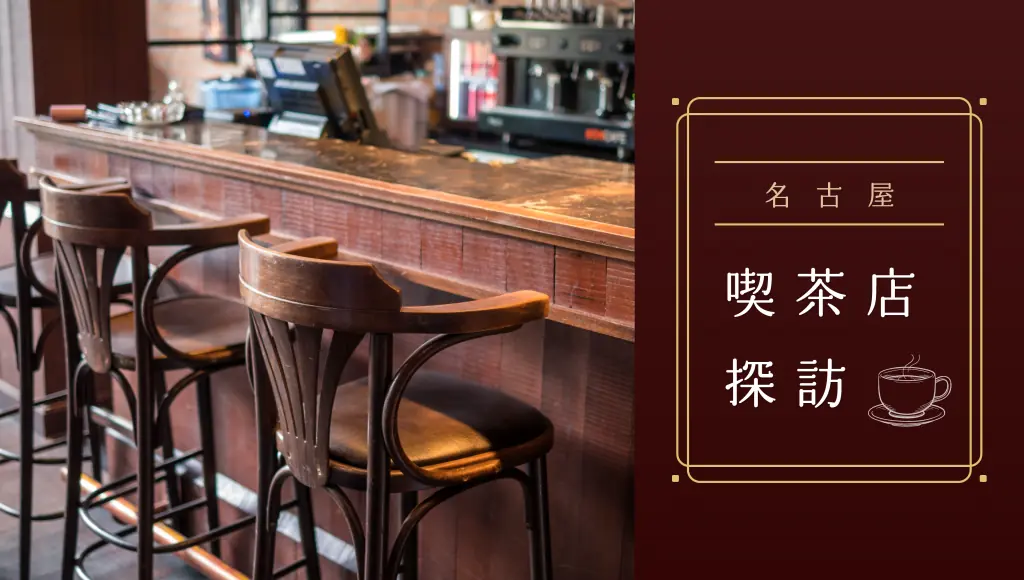
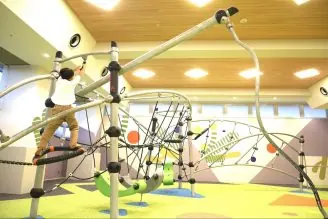
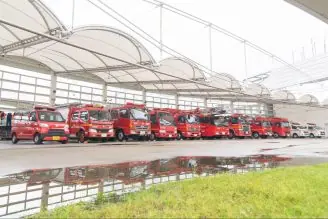
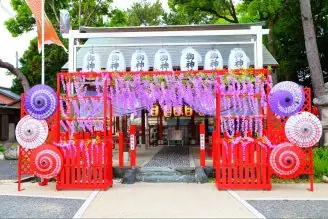
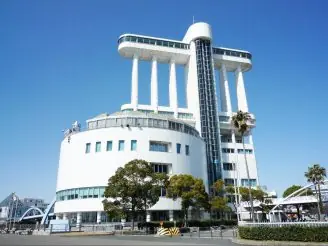





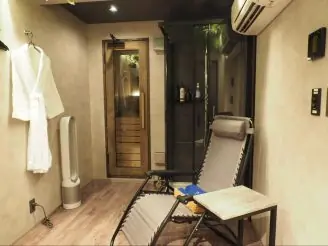
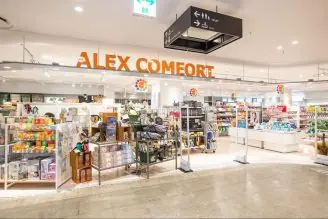


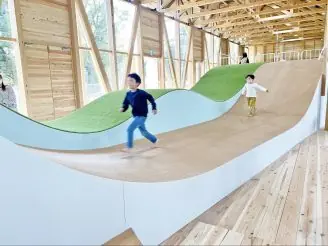

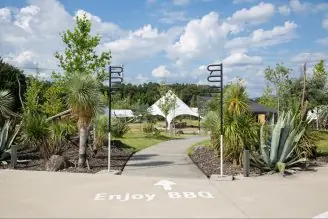

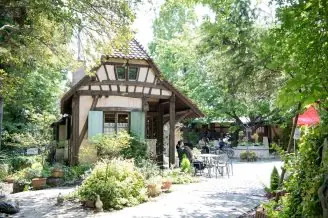
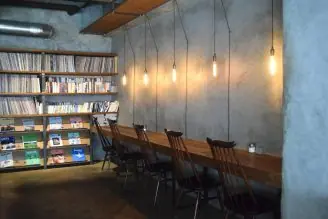

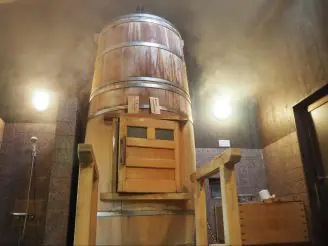

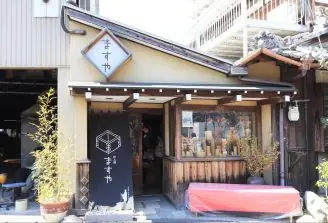
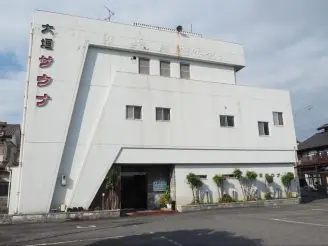
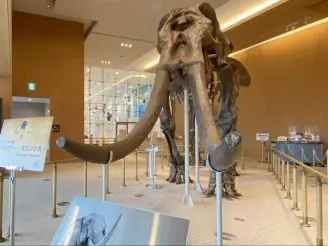
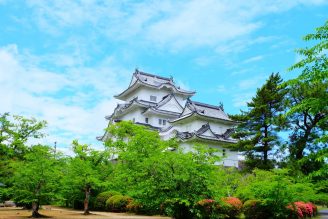
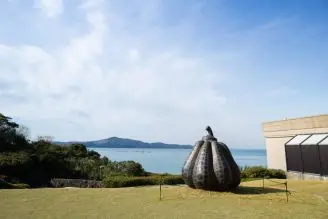
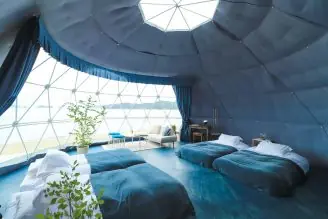

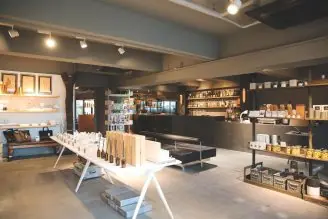




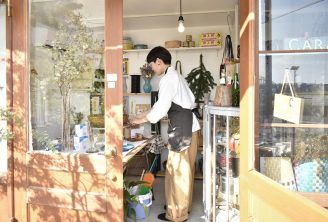
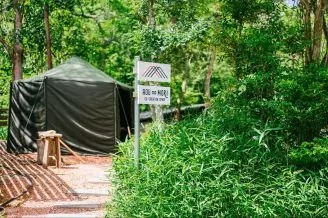
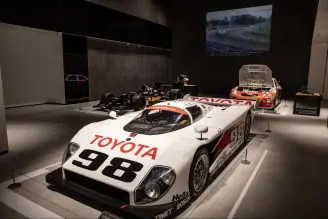

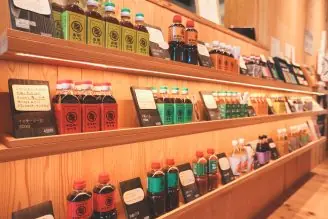
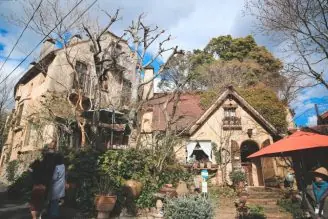
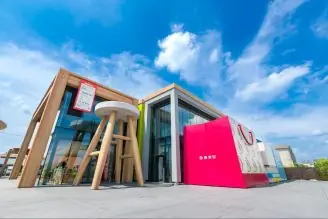





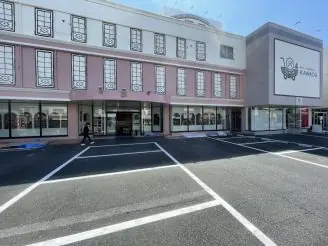
![Onigiri is hot right now! Summary of Osu's Onigiri Specialty Shops [5 selections].](https://life-designs.jp/wp/wp-content/uploads/2023/11/onigiri-1024x768.jpg)
![[28 selections] I want to get it when I go to Ghibli Park! Recommended goods & souvenirs (Ghibli’s Grand Warehouse edition)](https://life-designs.jp/wp/wp-content/uploads/2023/07/07bb34f30842ccc4c6412fc060e1966c-1024x683.jpg)
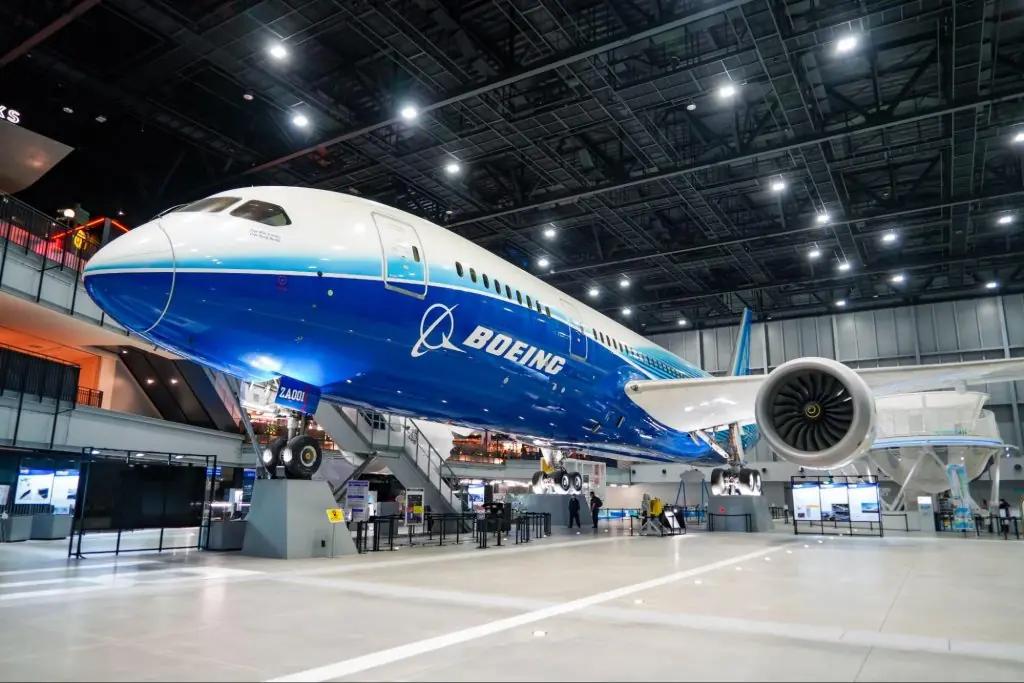
![[20 Selections] Nagoya Souvenirs: Non-Sweet & Recommended Snacks Available at Nagoya Station](https://life-designs.jp/wp/wp-content/uploads/2025/07/image3-2-1024x683.jpg)
![[Within 2hrs by Car] 12 Outing Areas where You can Go on a Day Trip from Nagoya!](https://life-designs.jp/wp/wp-content/uploads/2023/07/odekake12_w1200h900_20240422-768x576.png)
![[Aichi, Gifu, Mie] 30 Family-Friendly Spots to Go in Winter!](https://life-designs.jp/wp/wp-content/uploads/2019/12/image21-1-150x106.png)

